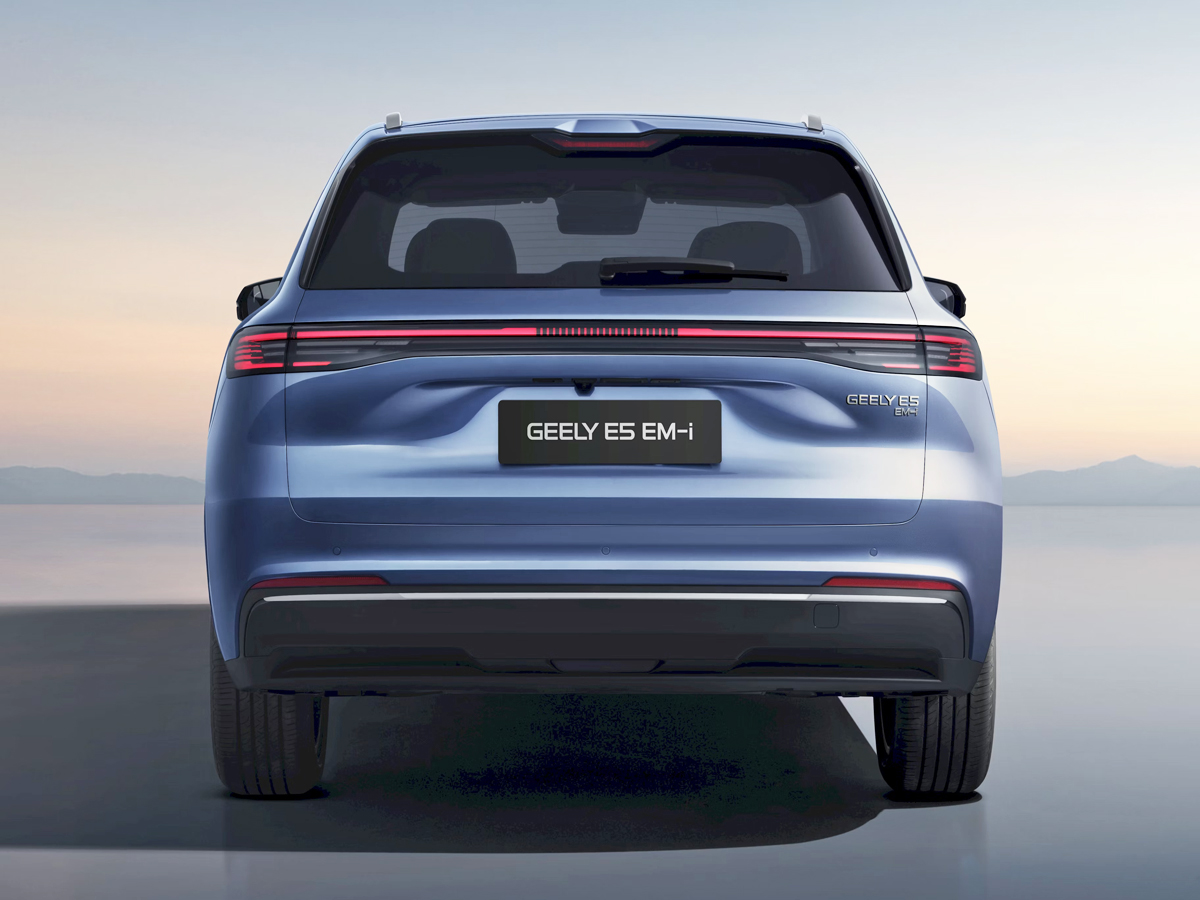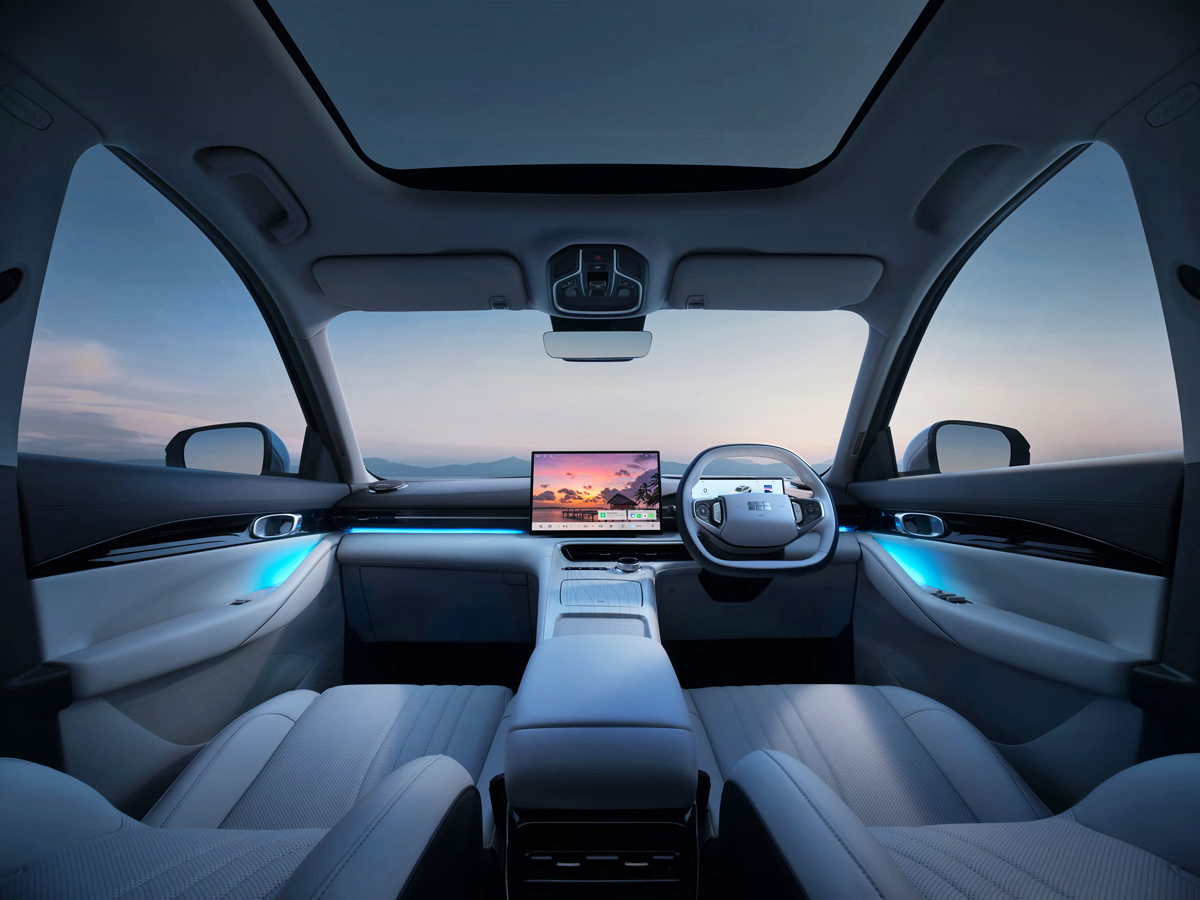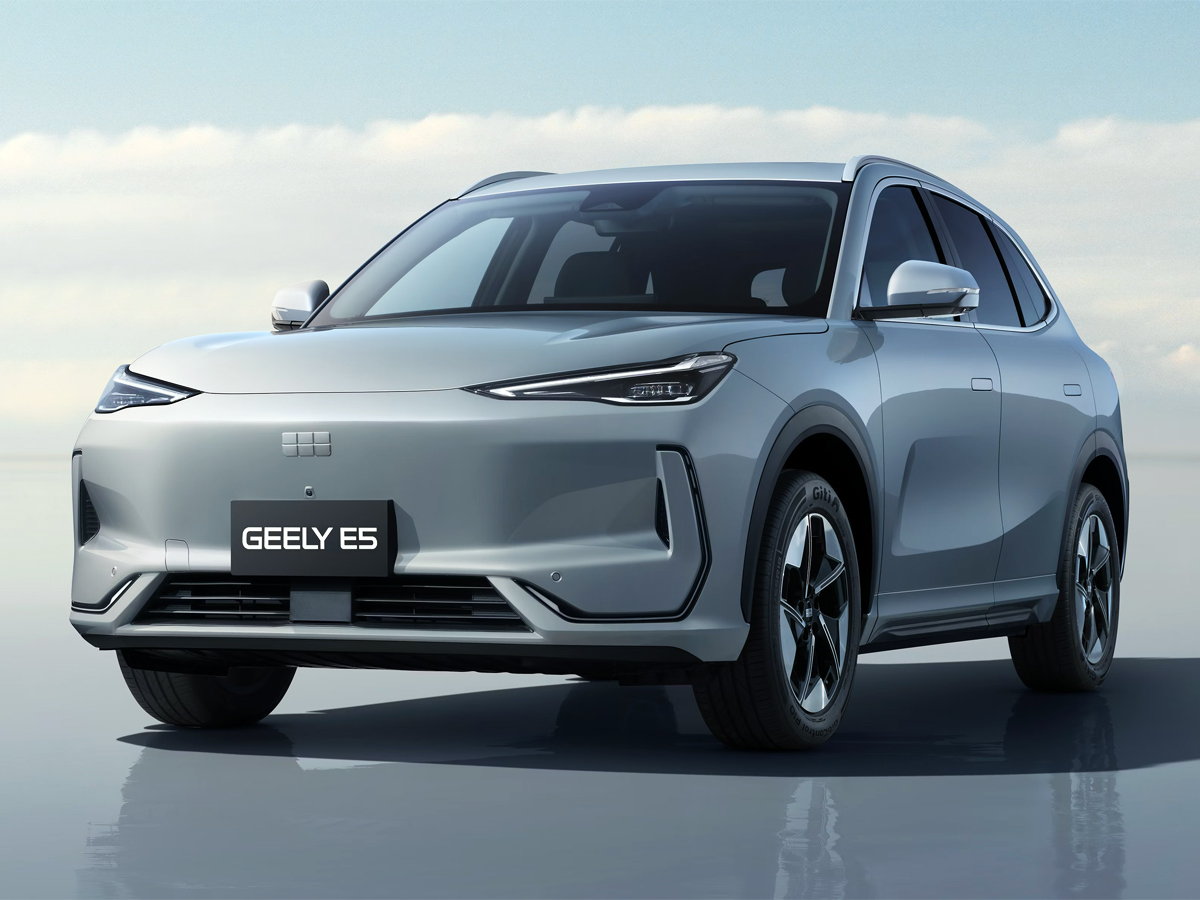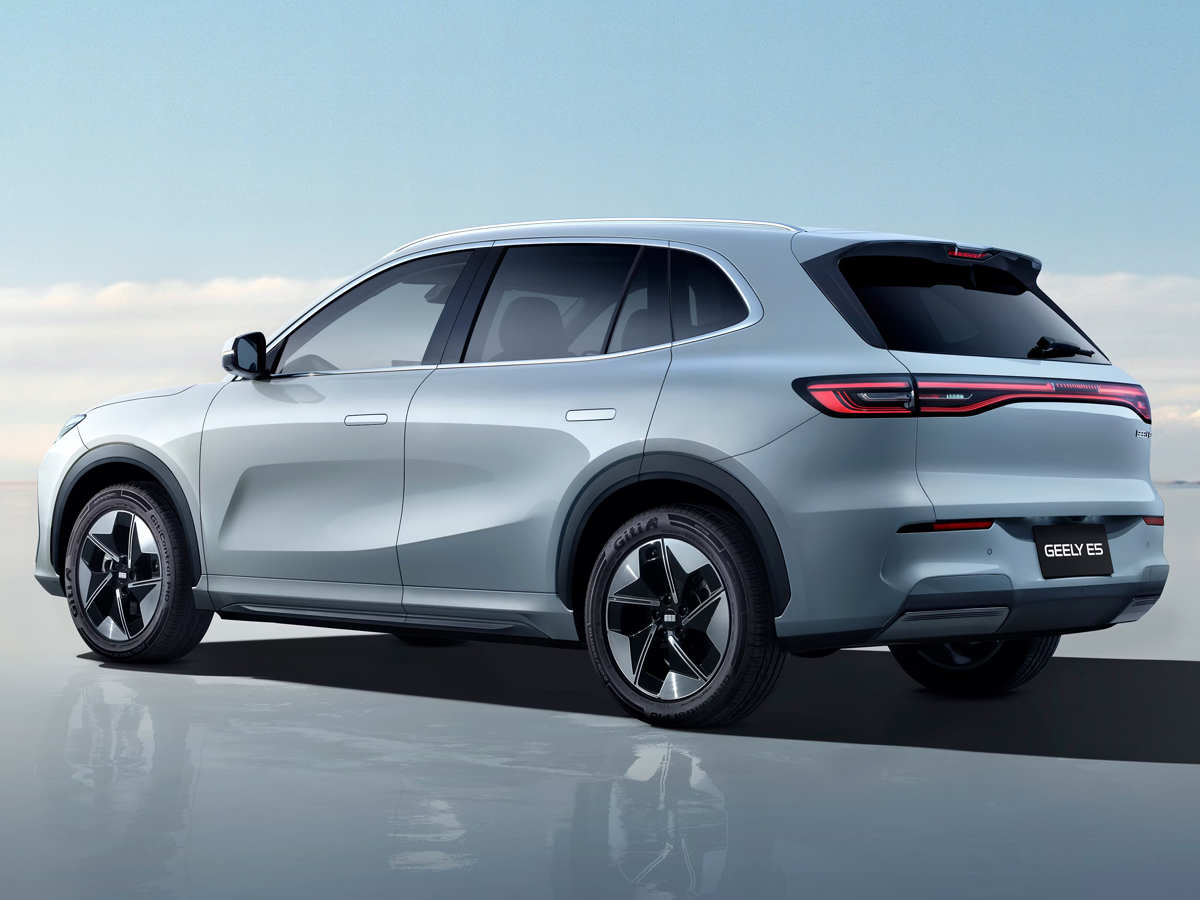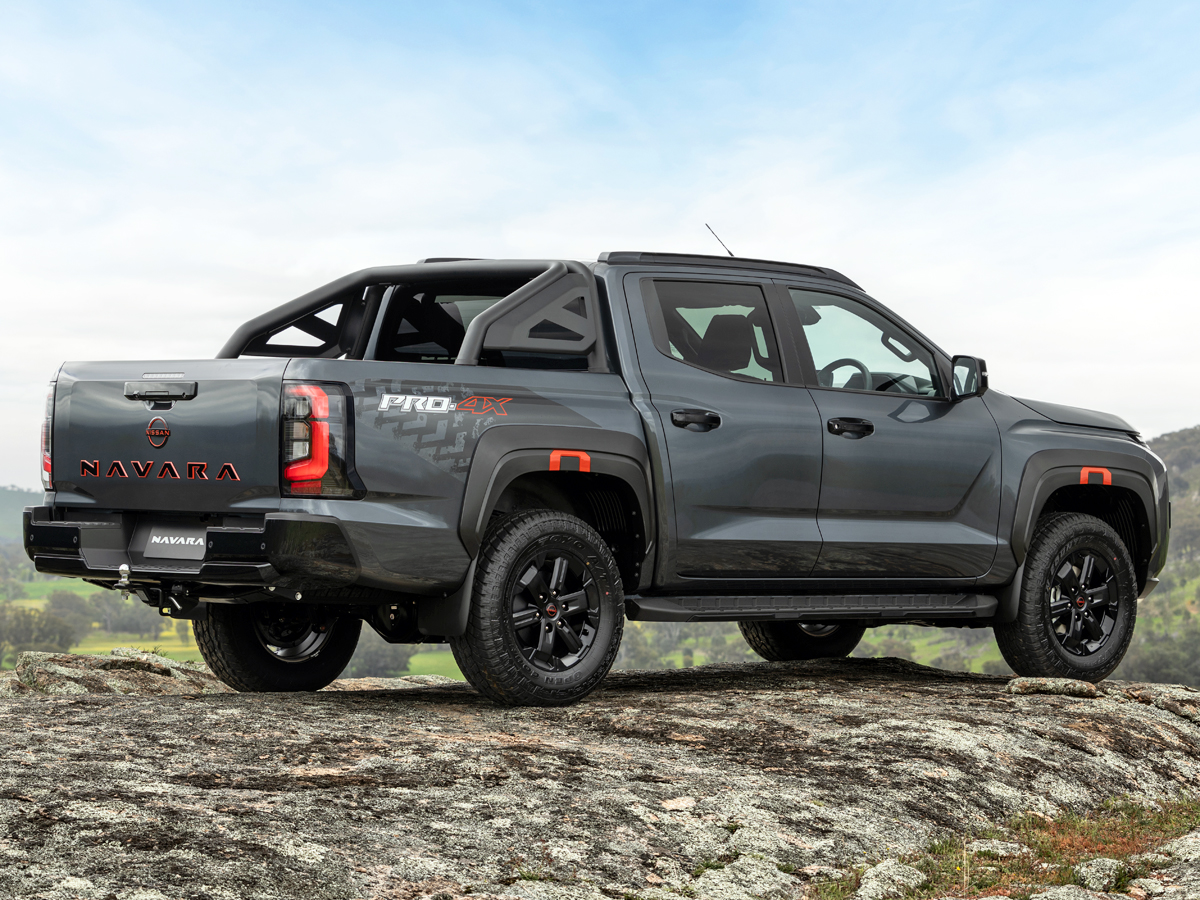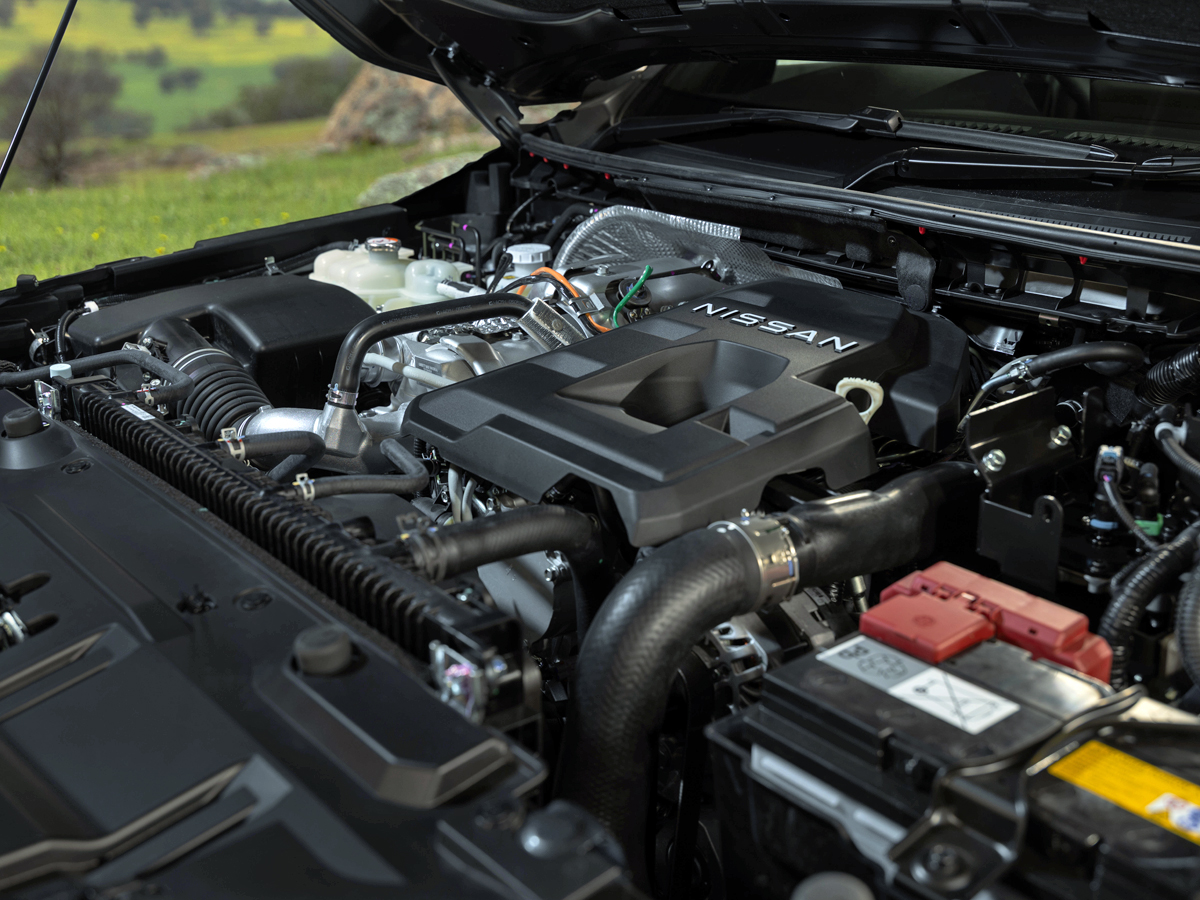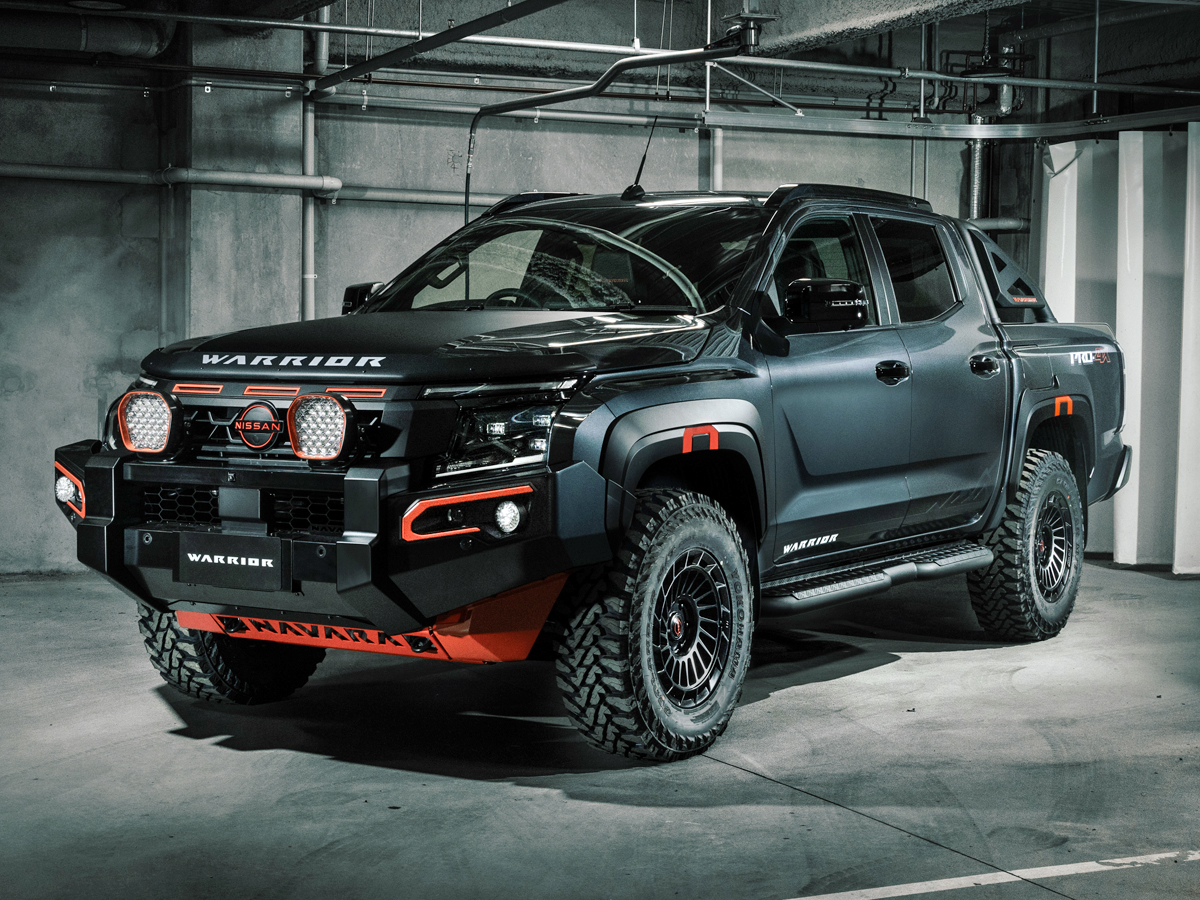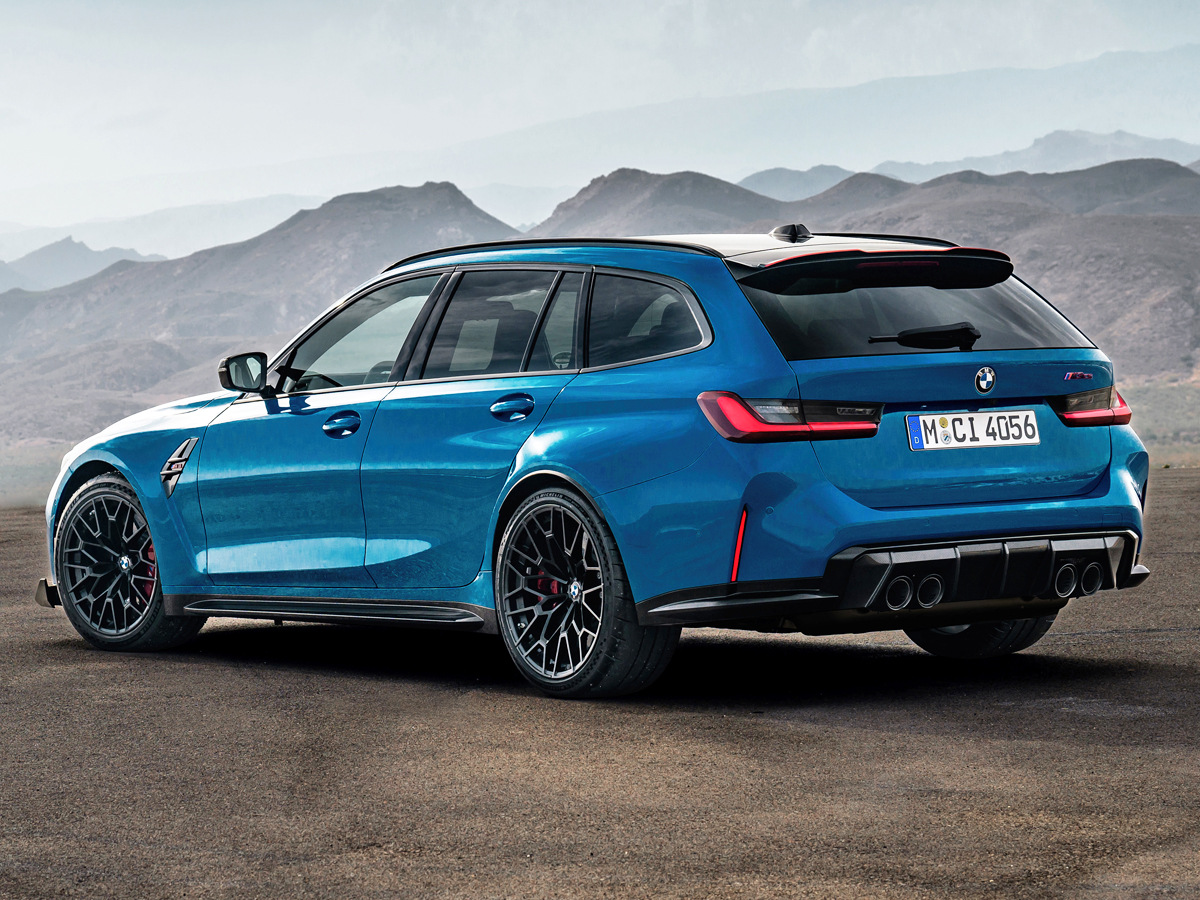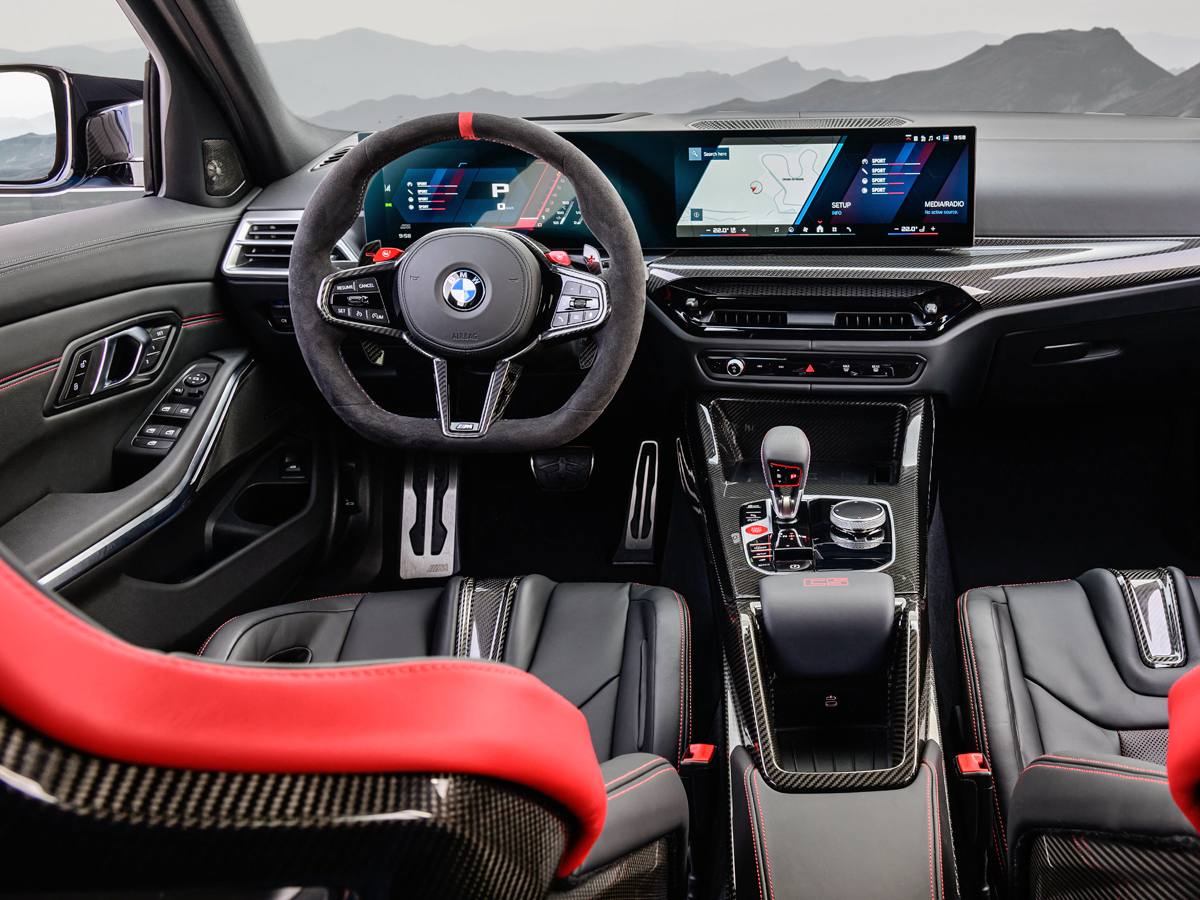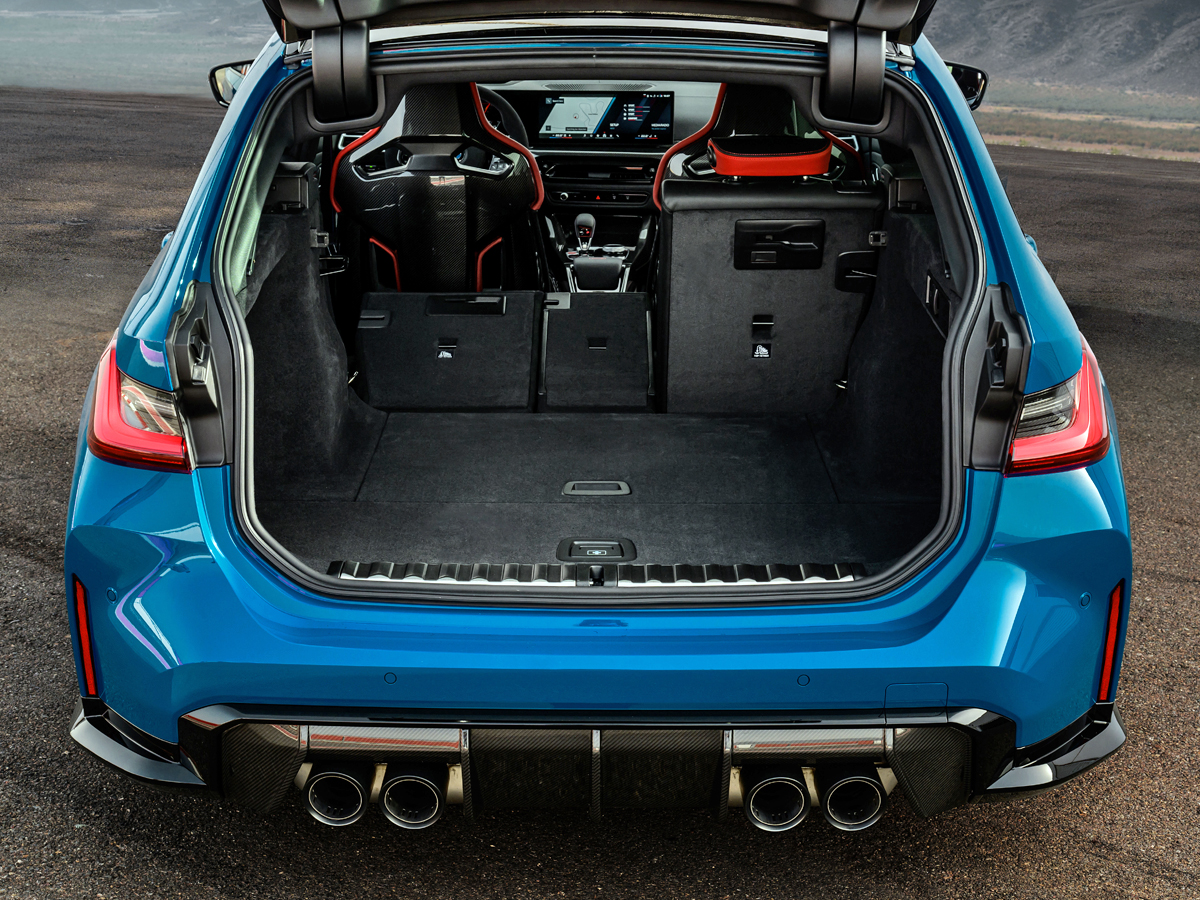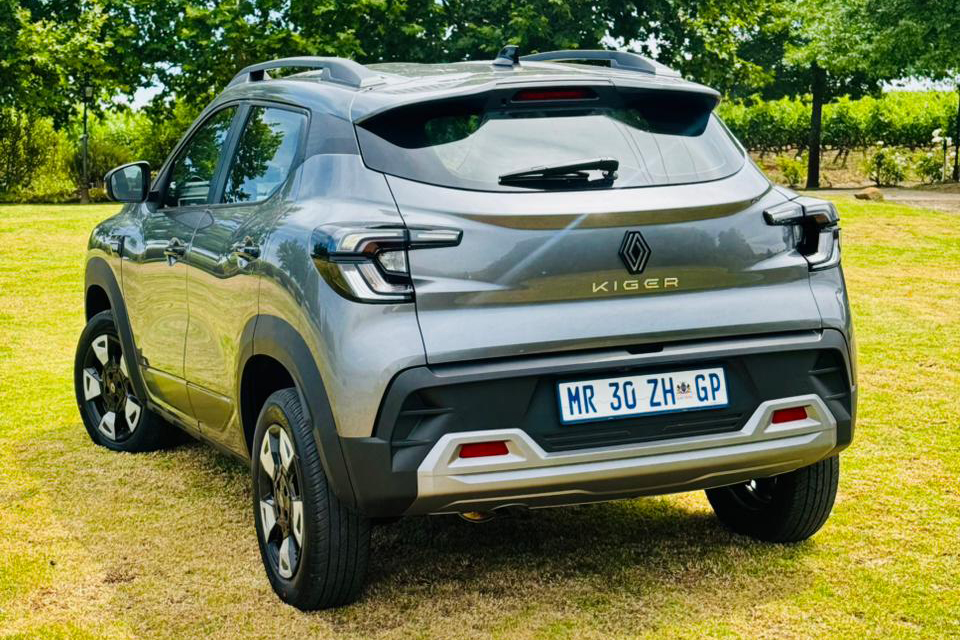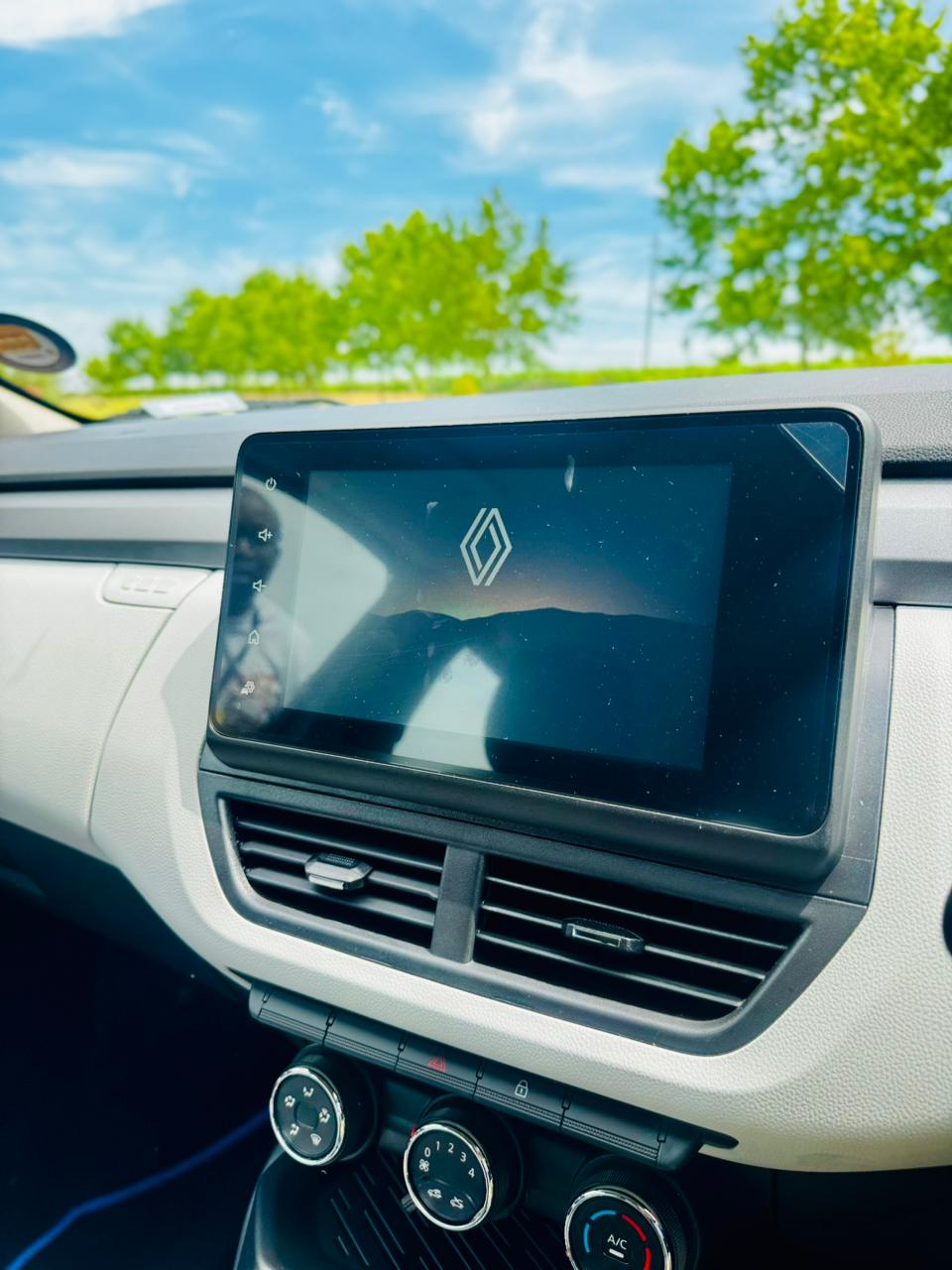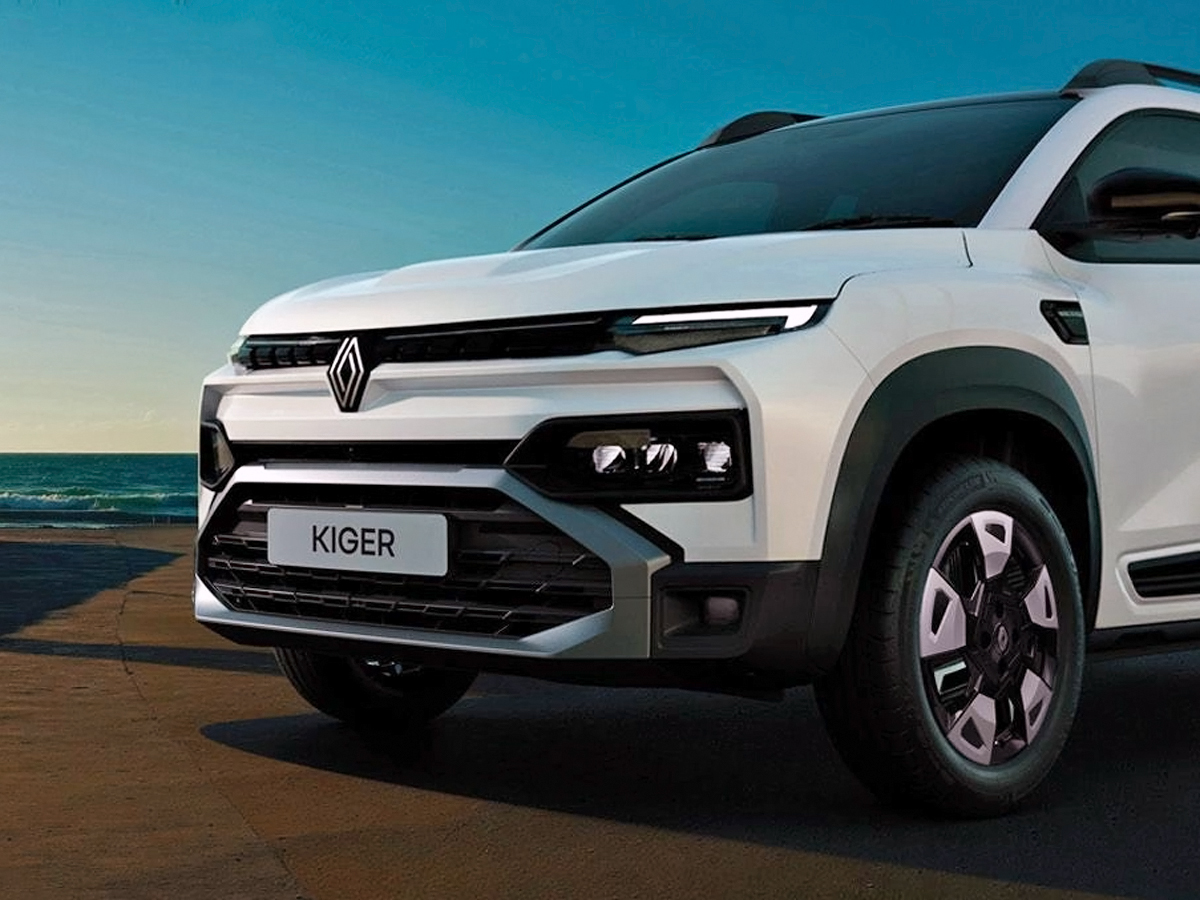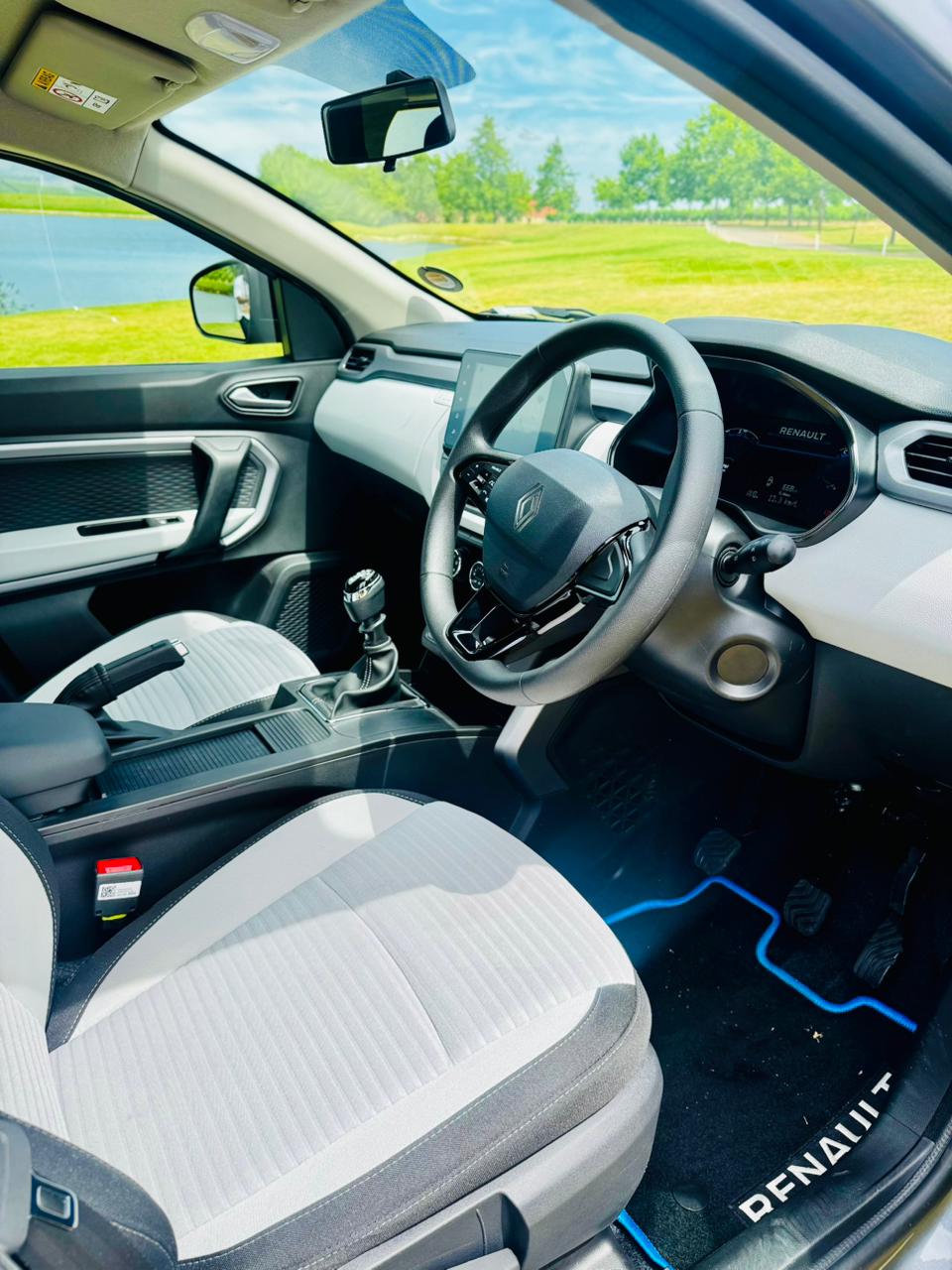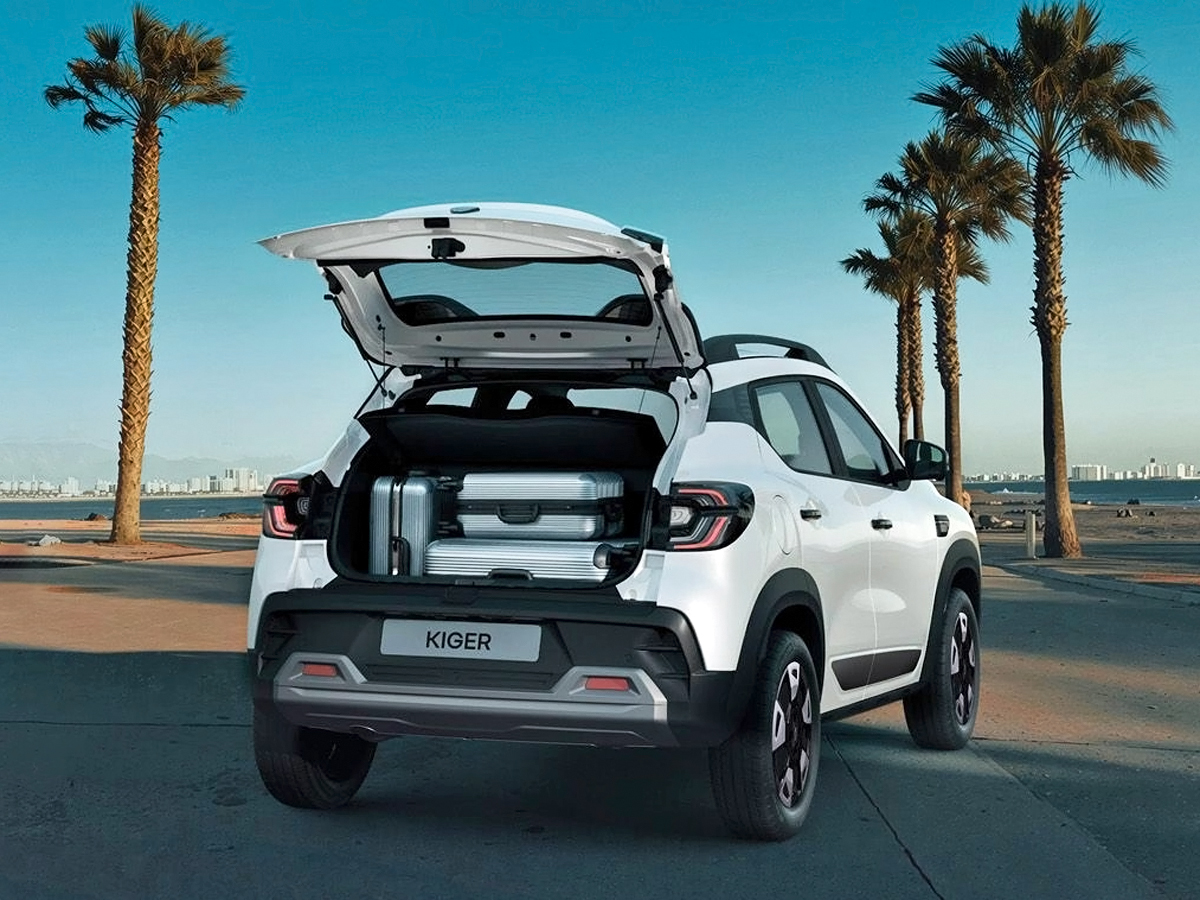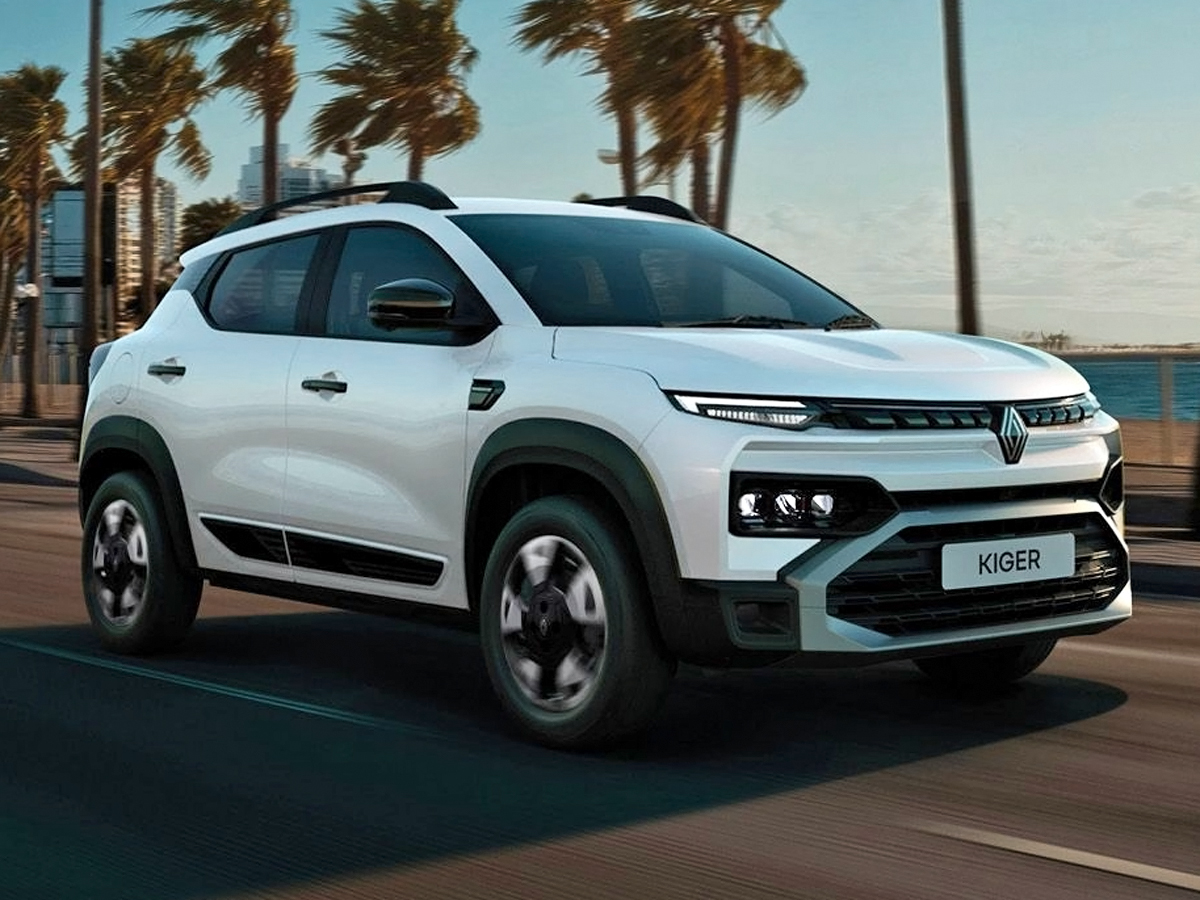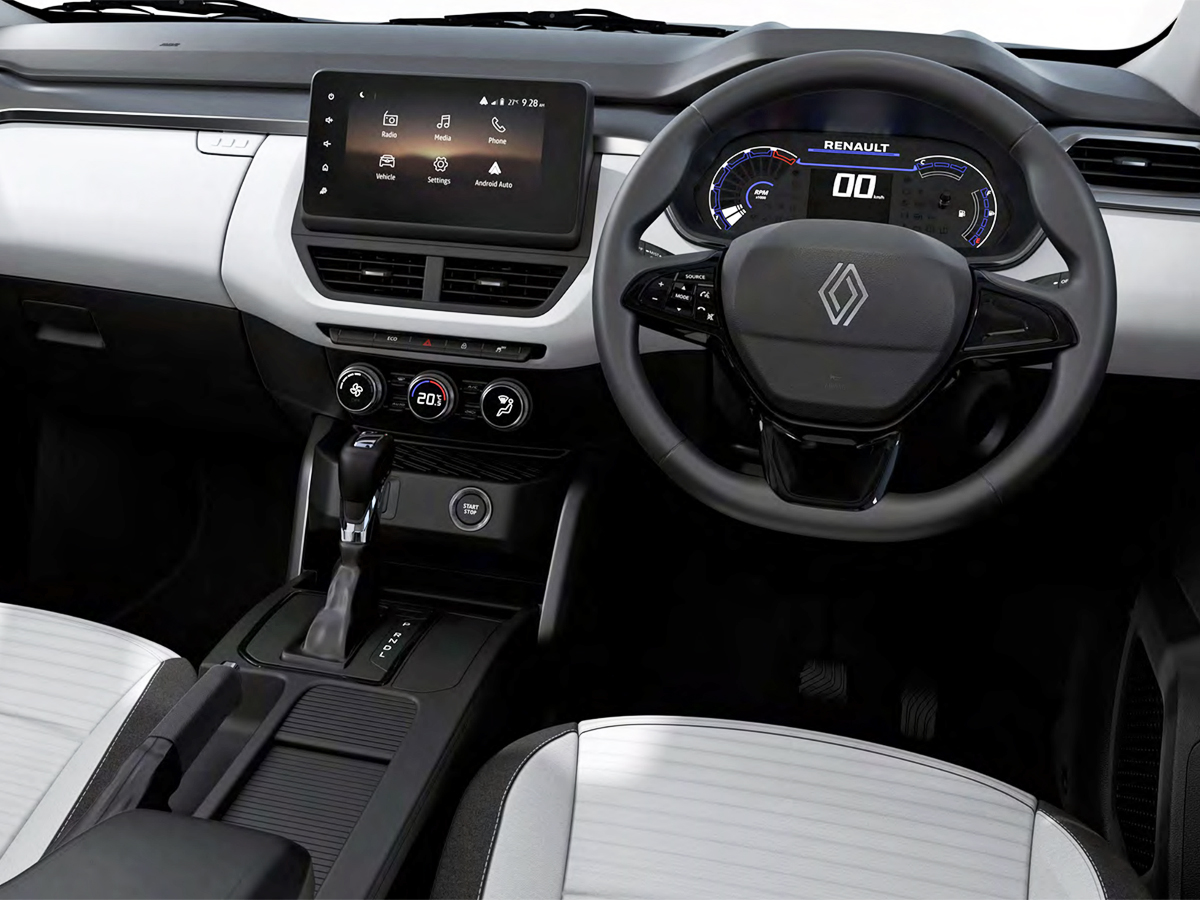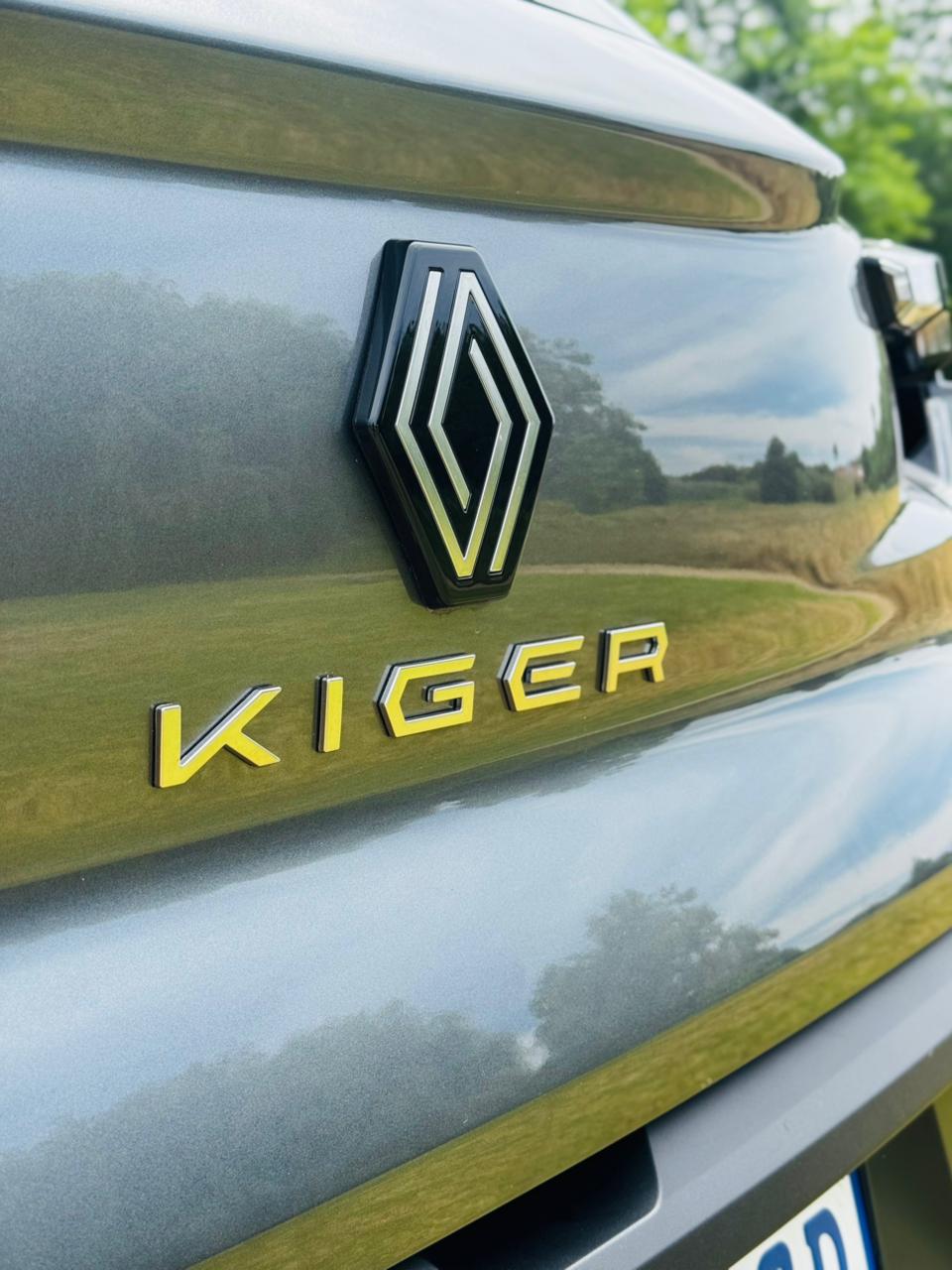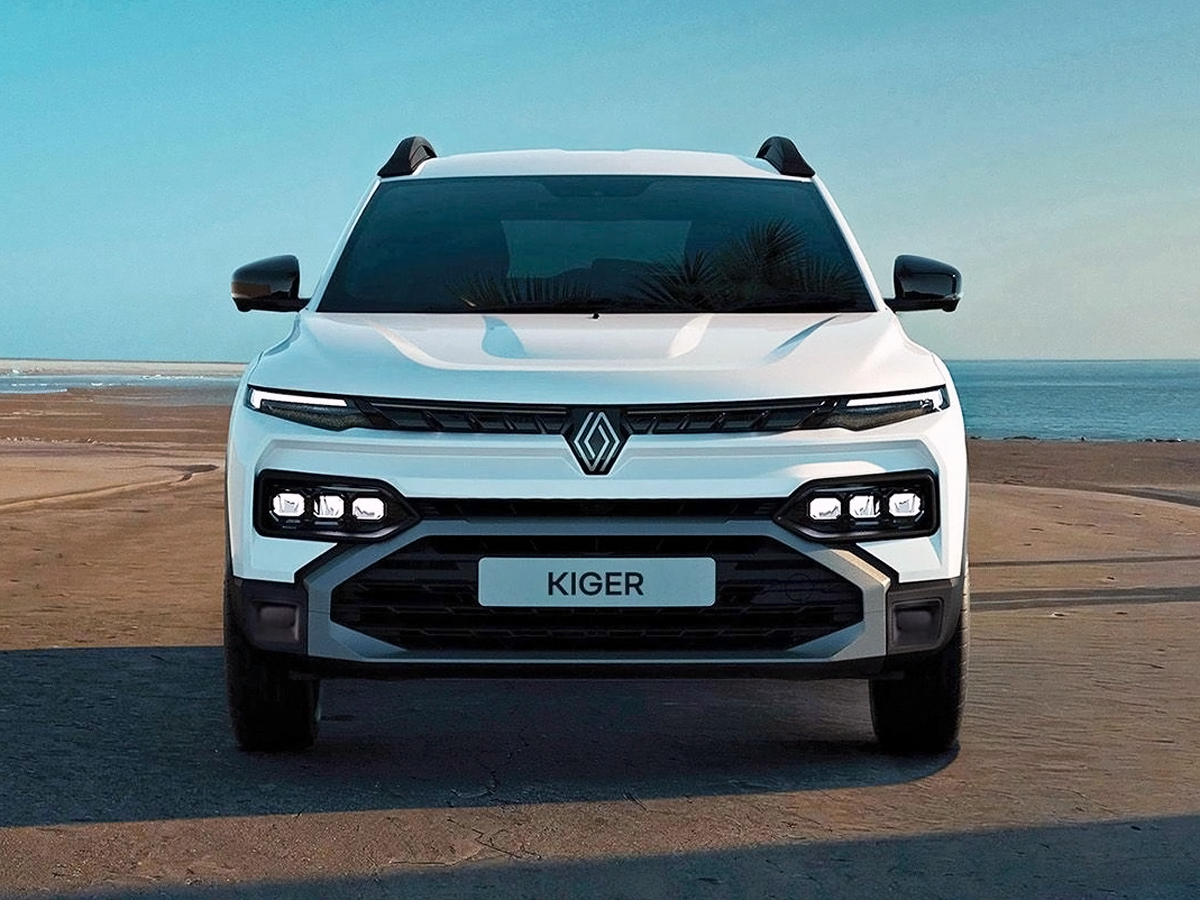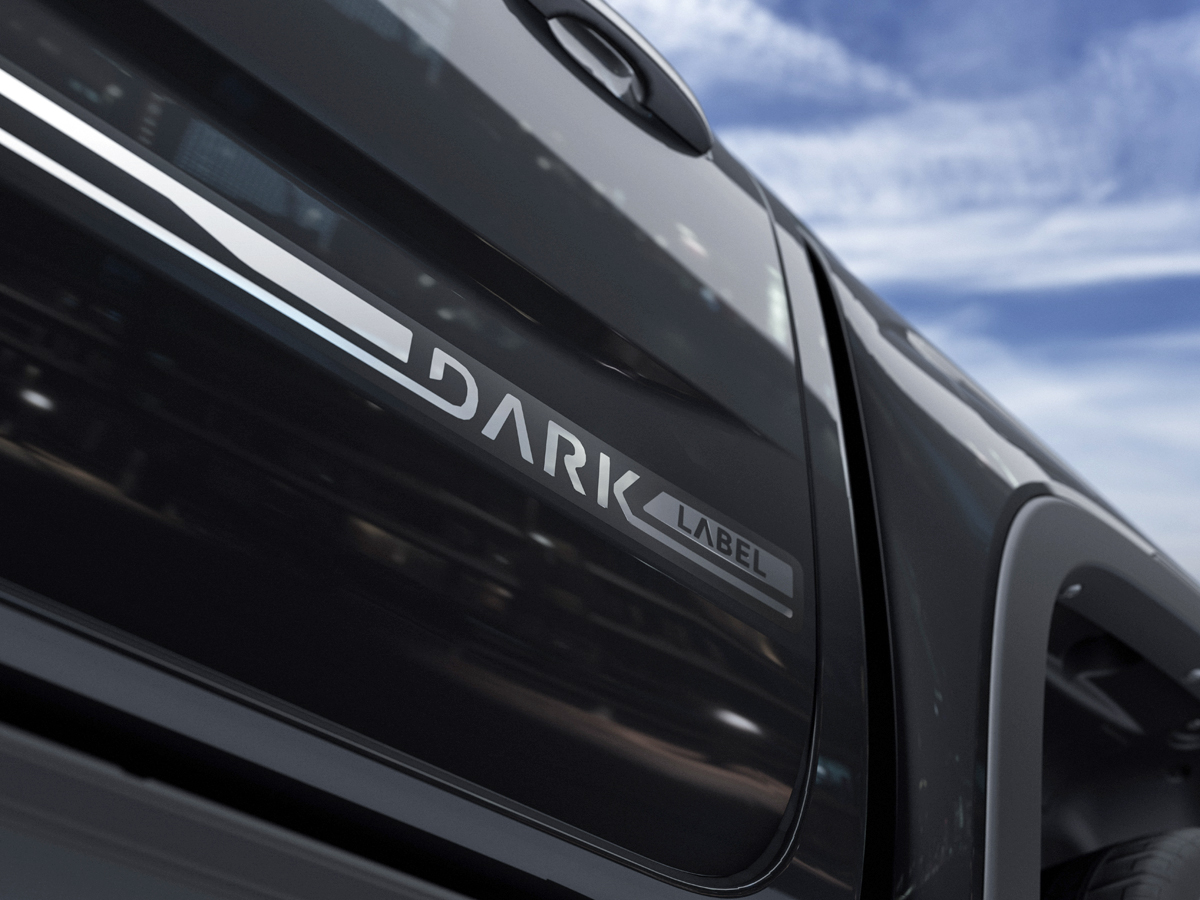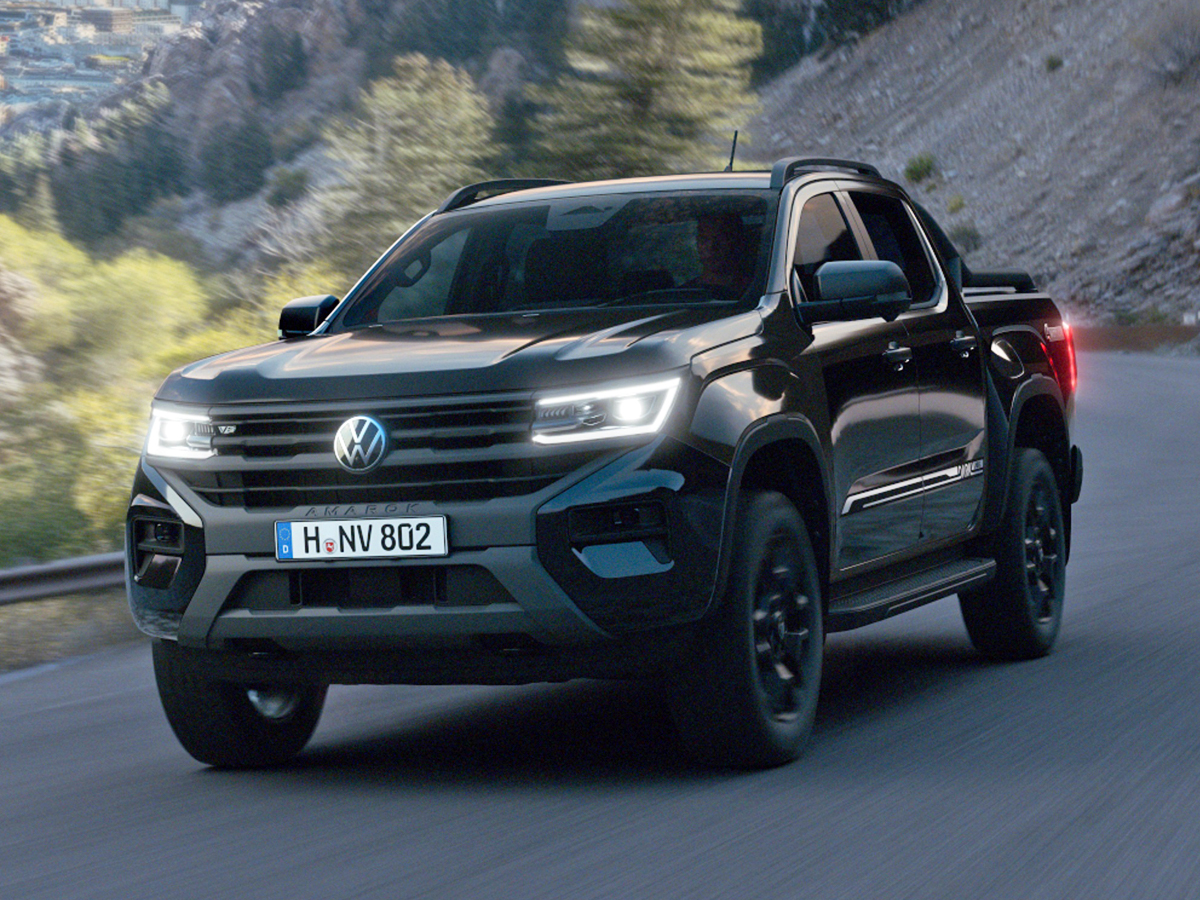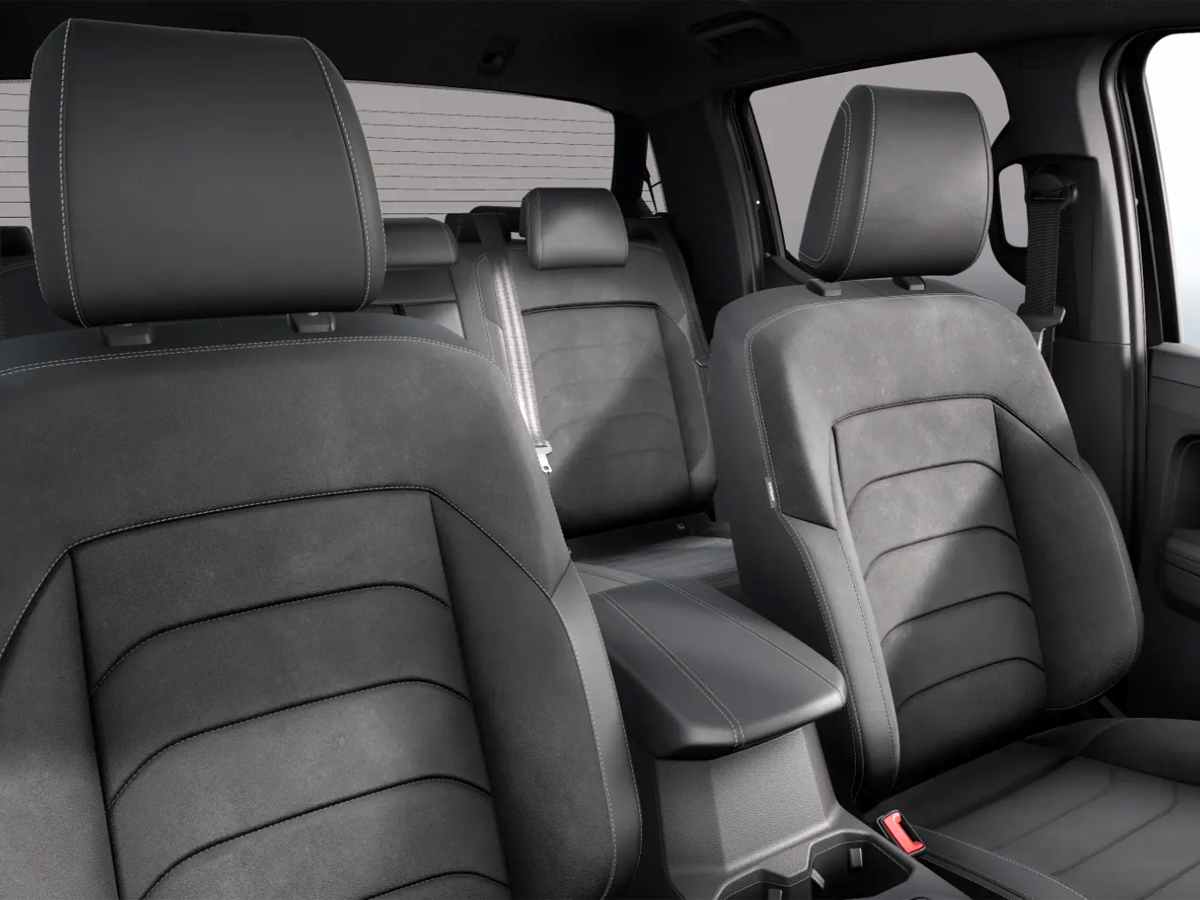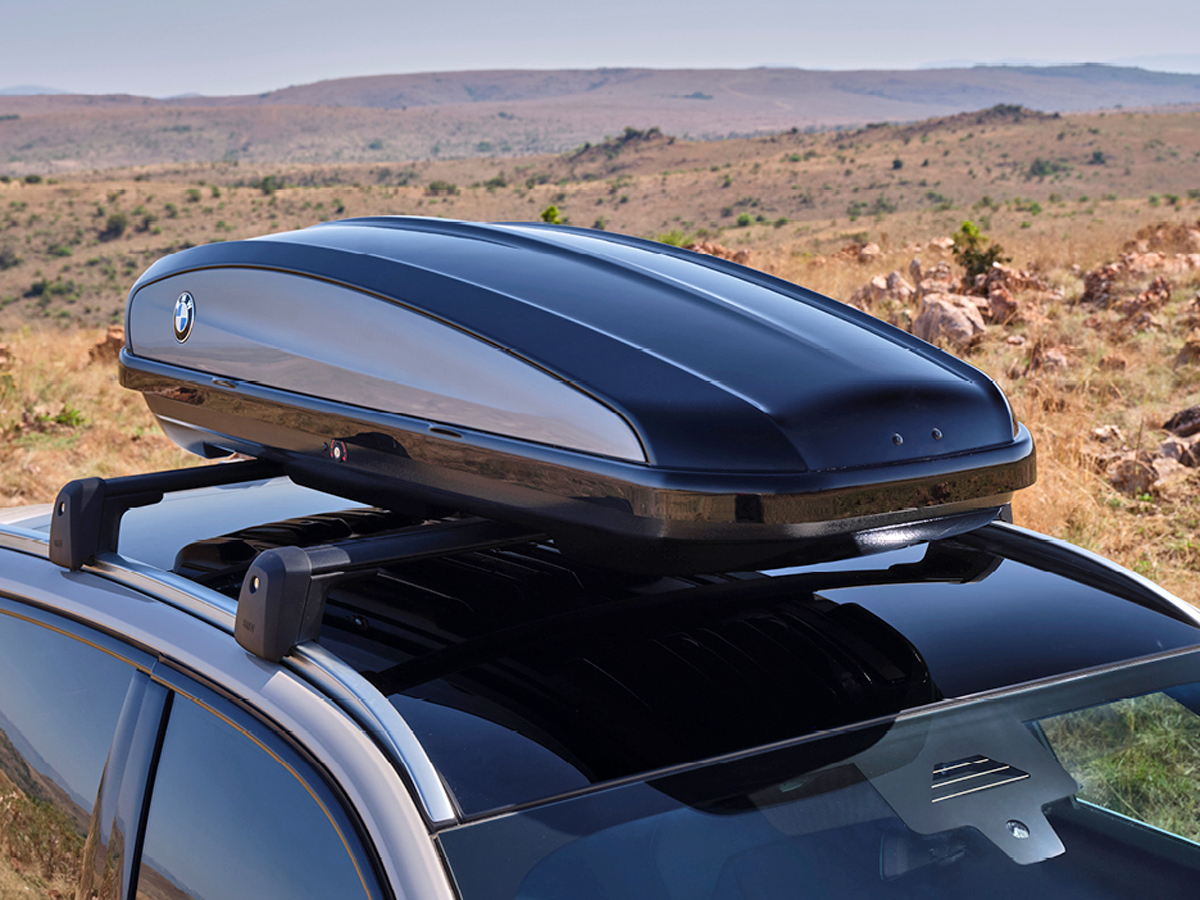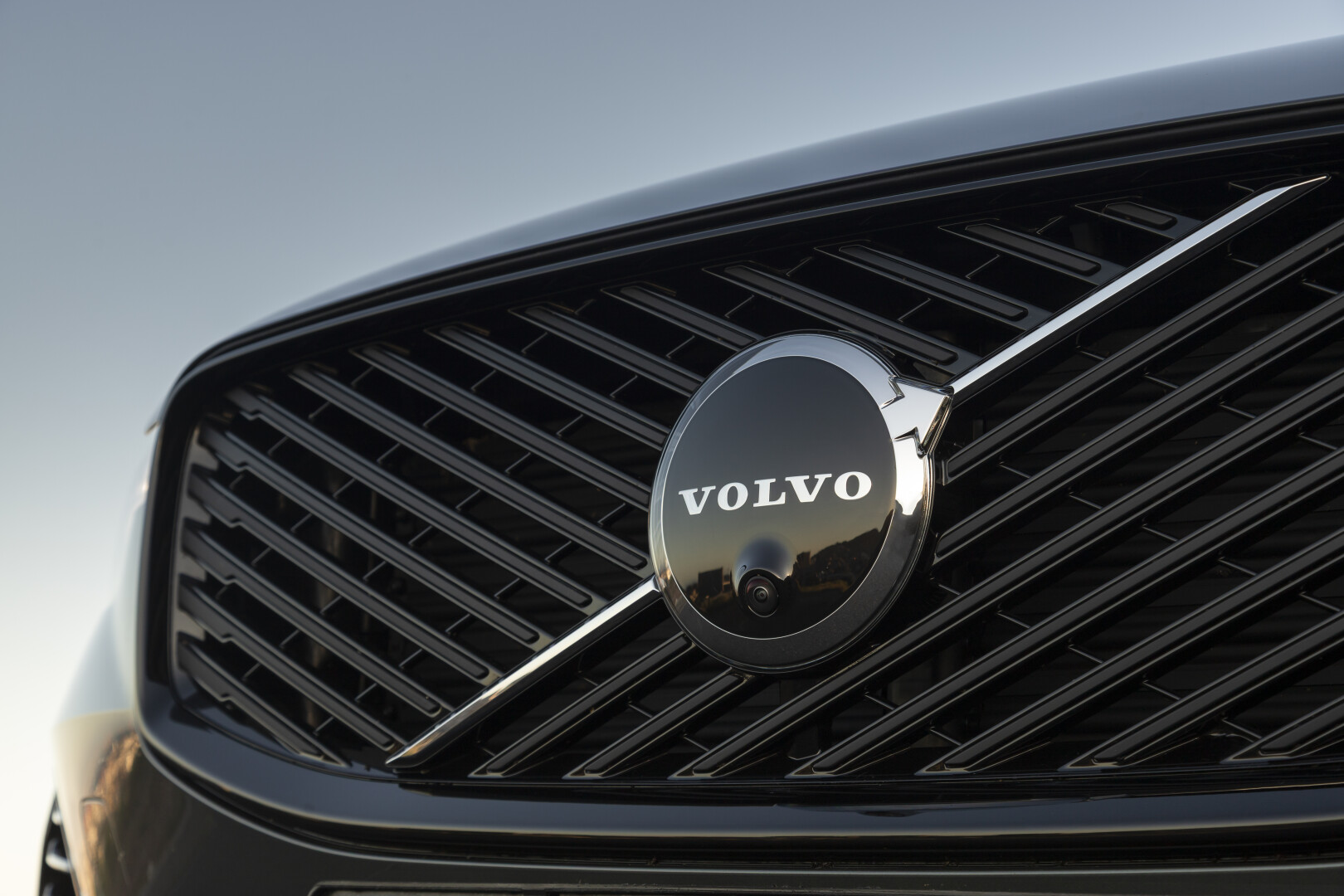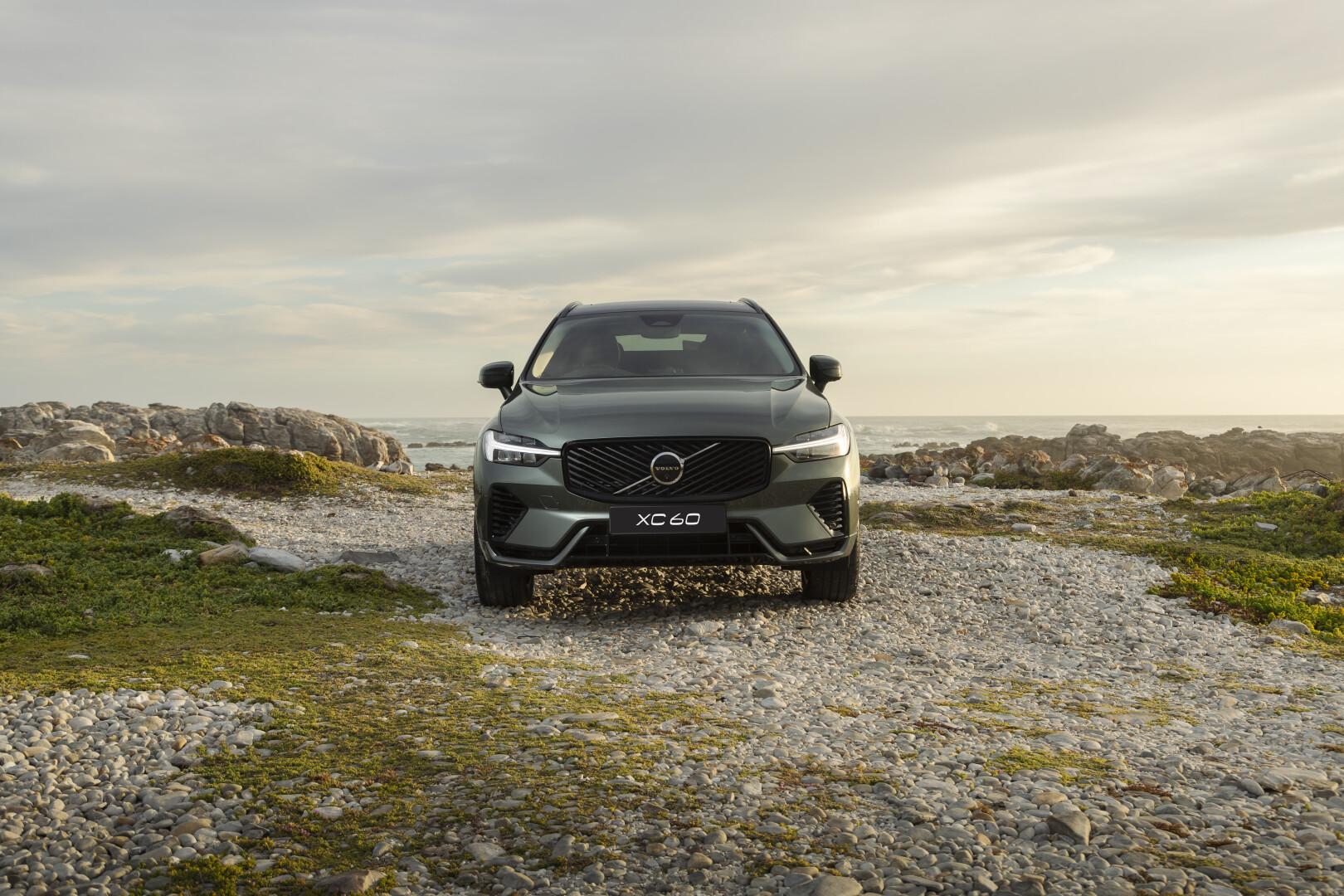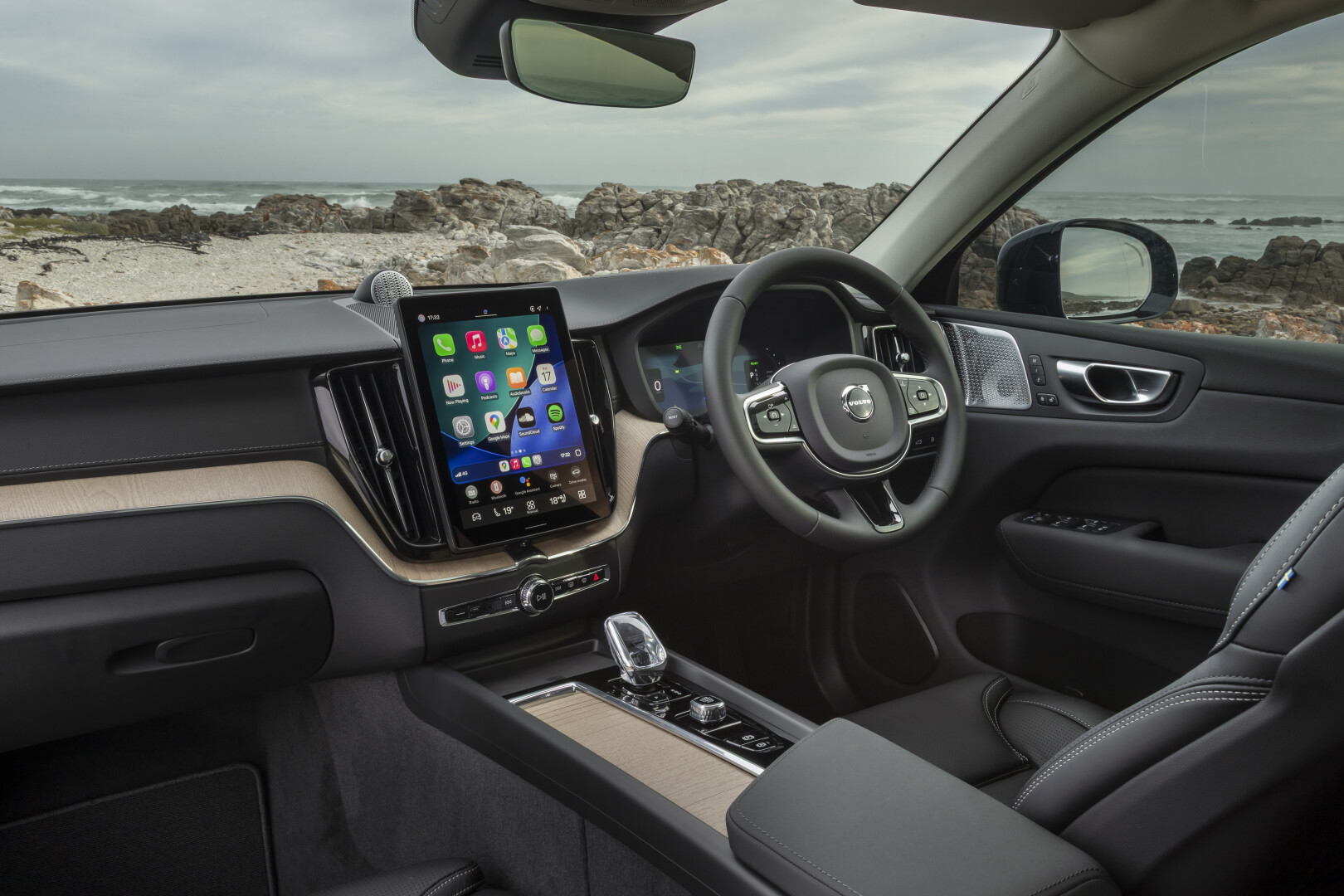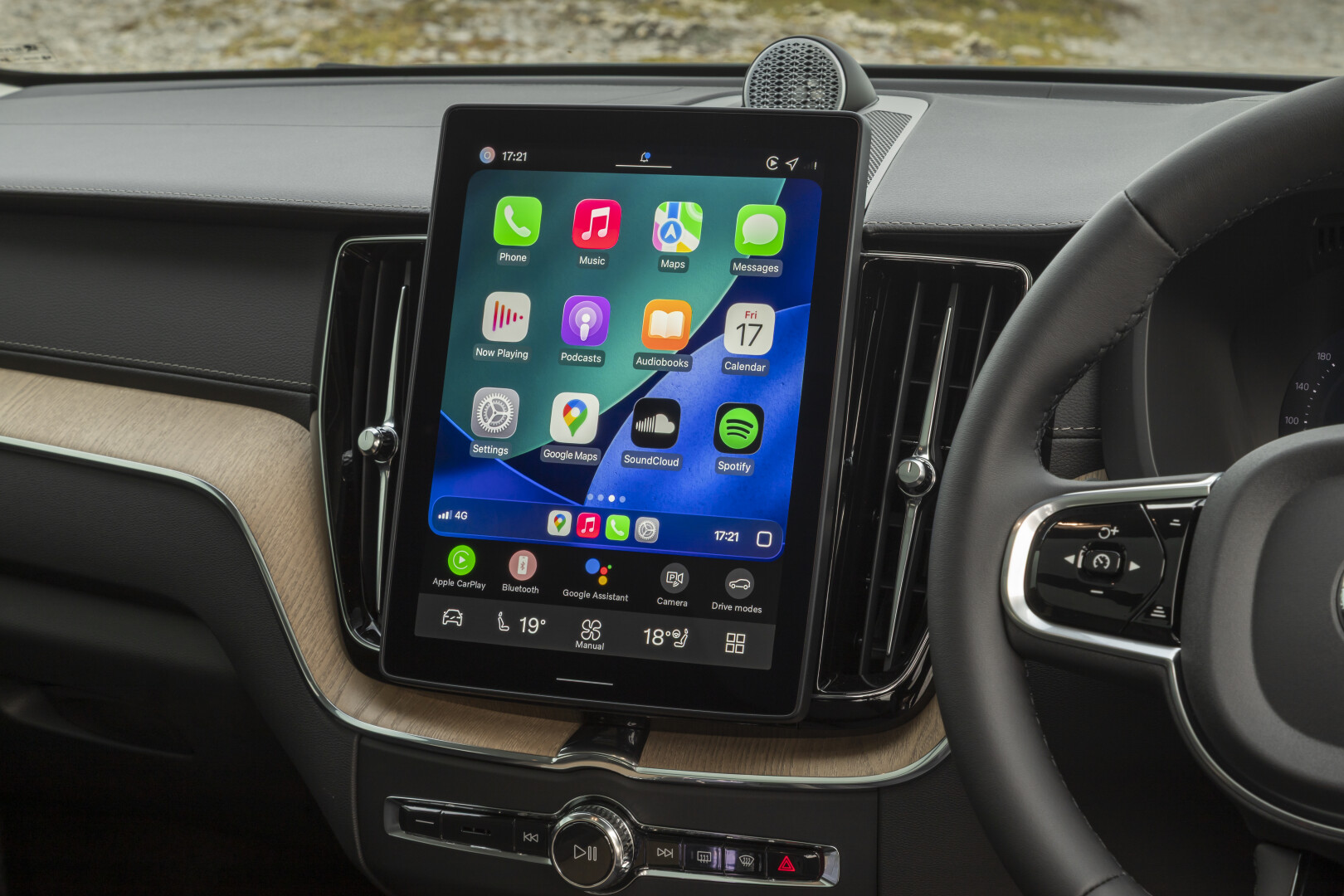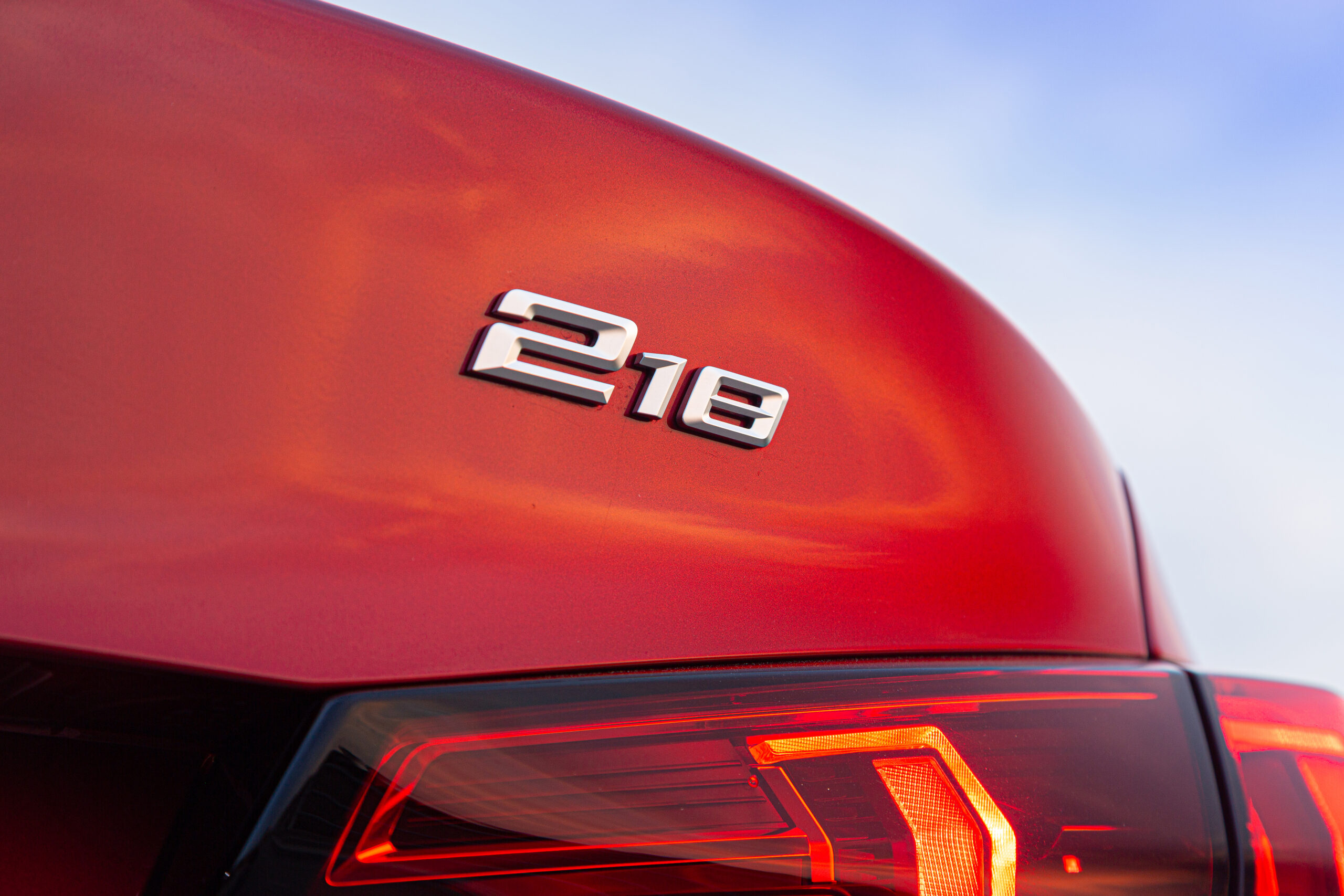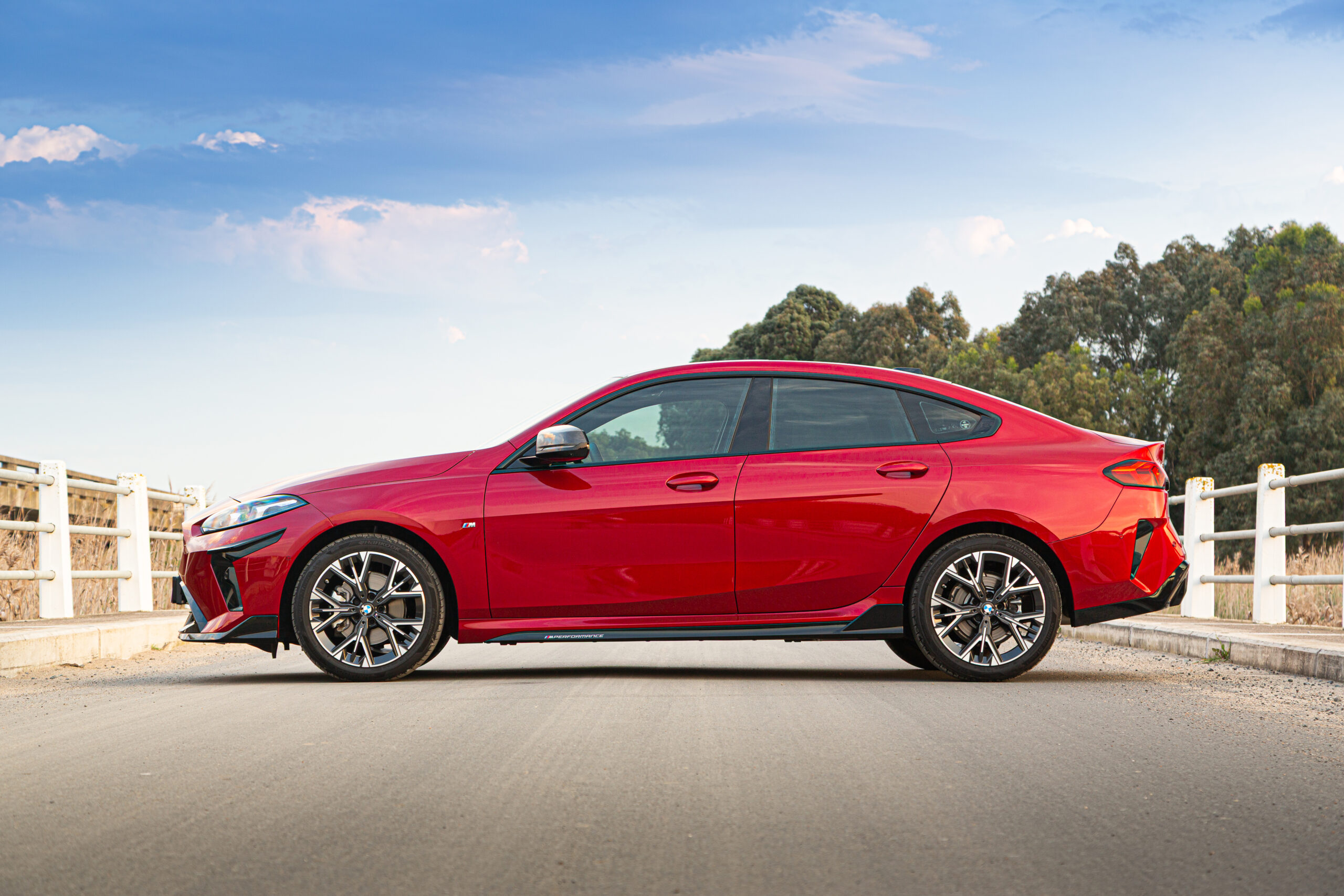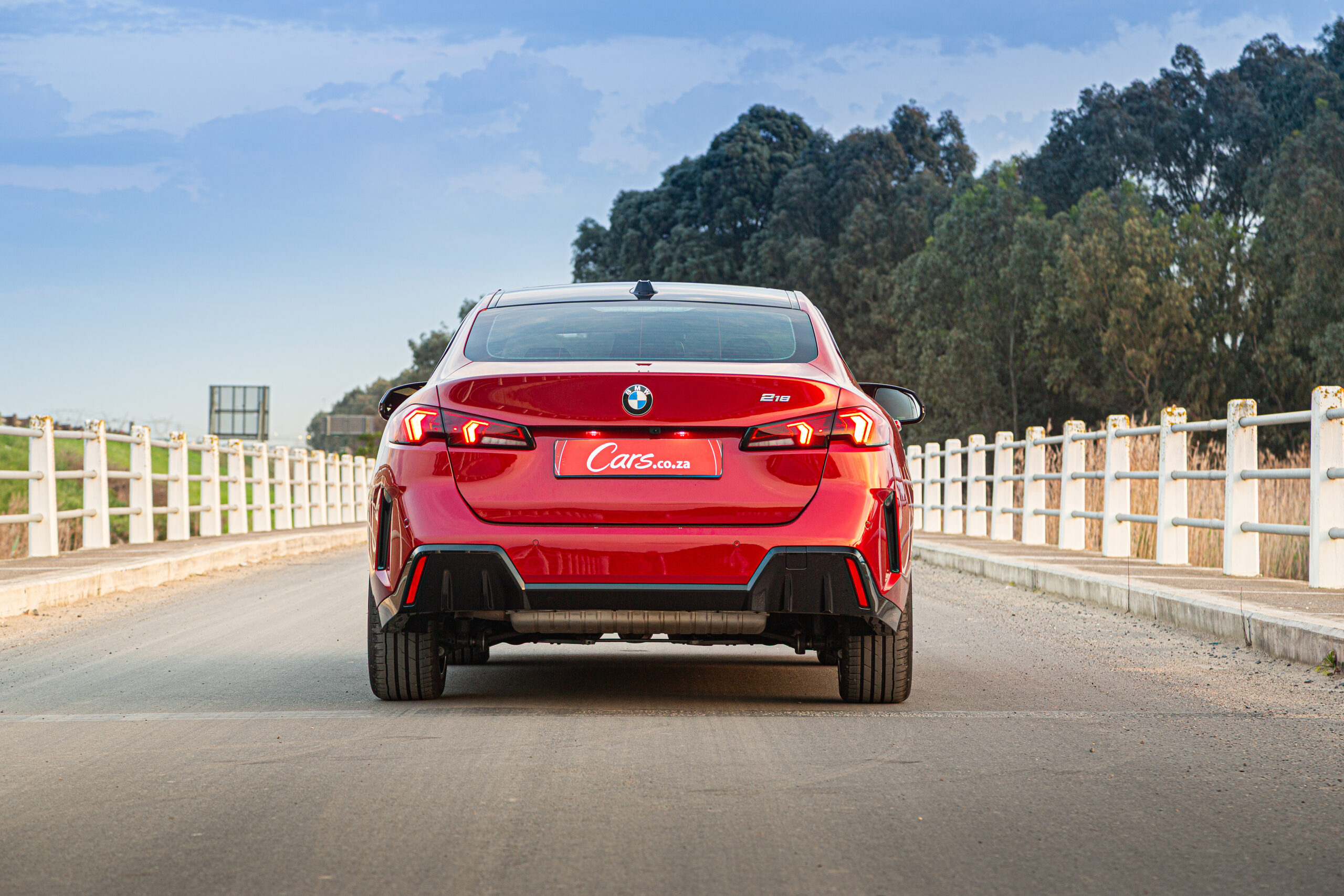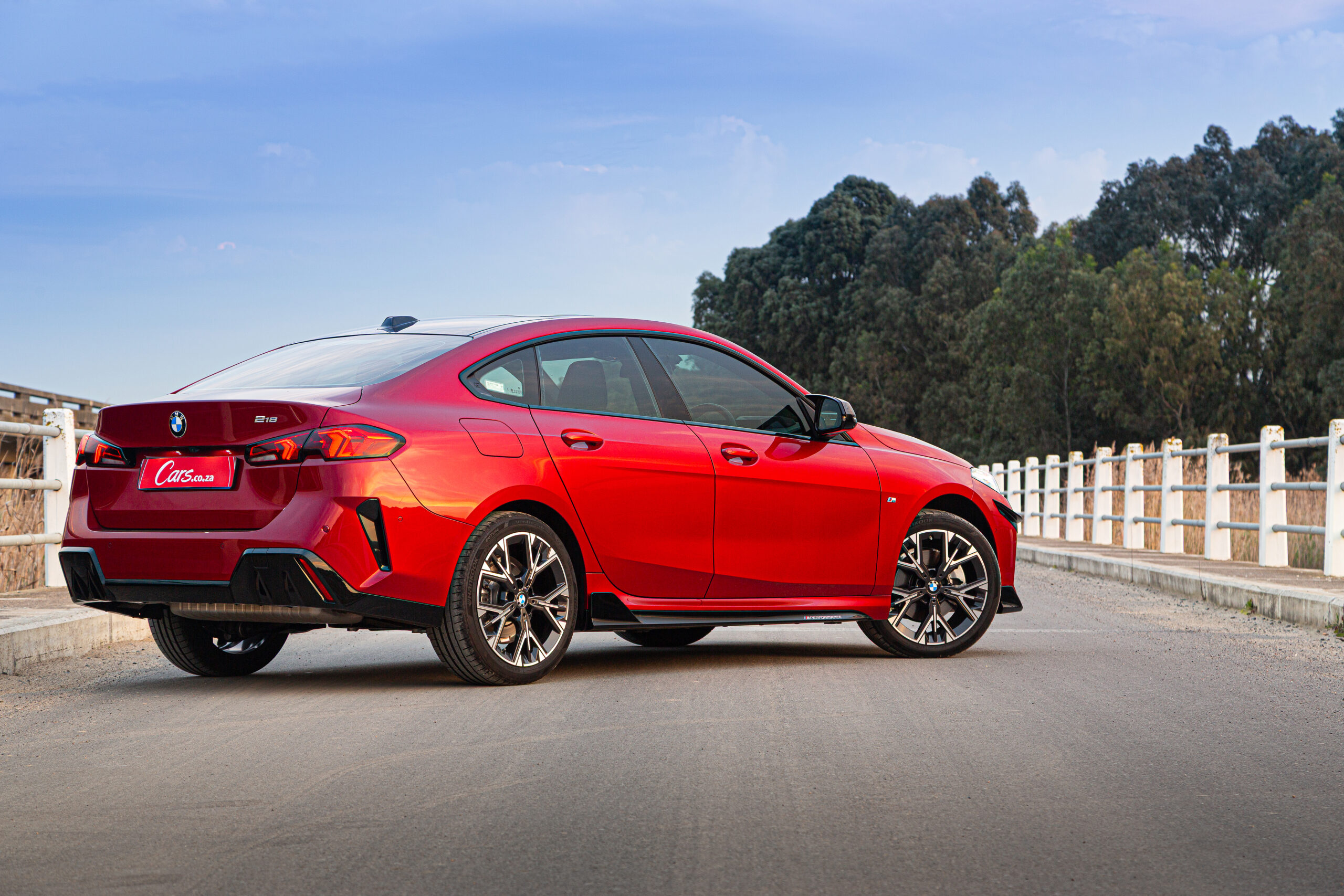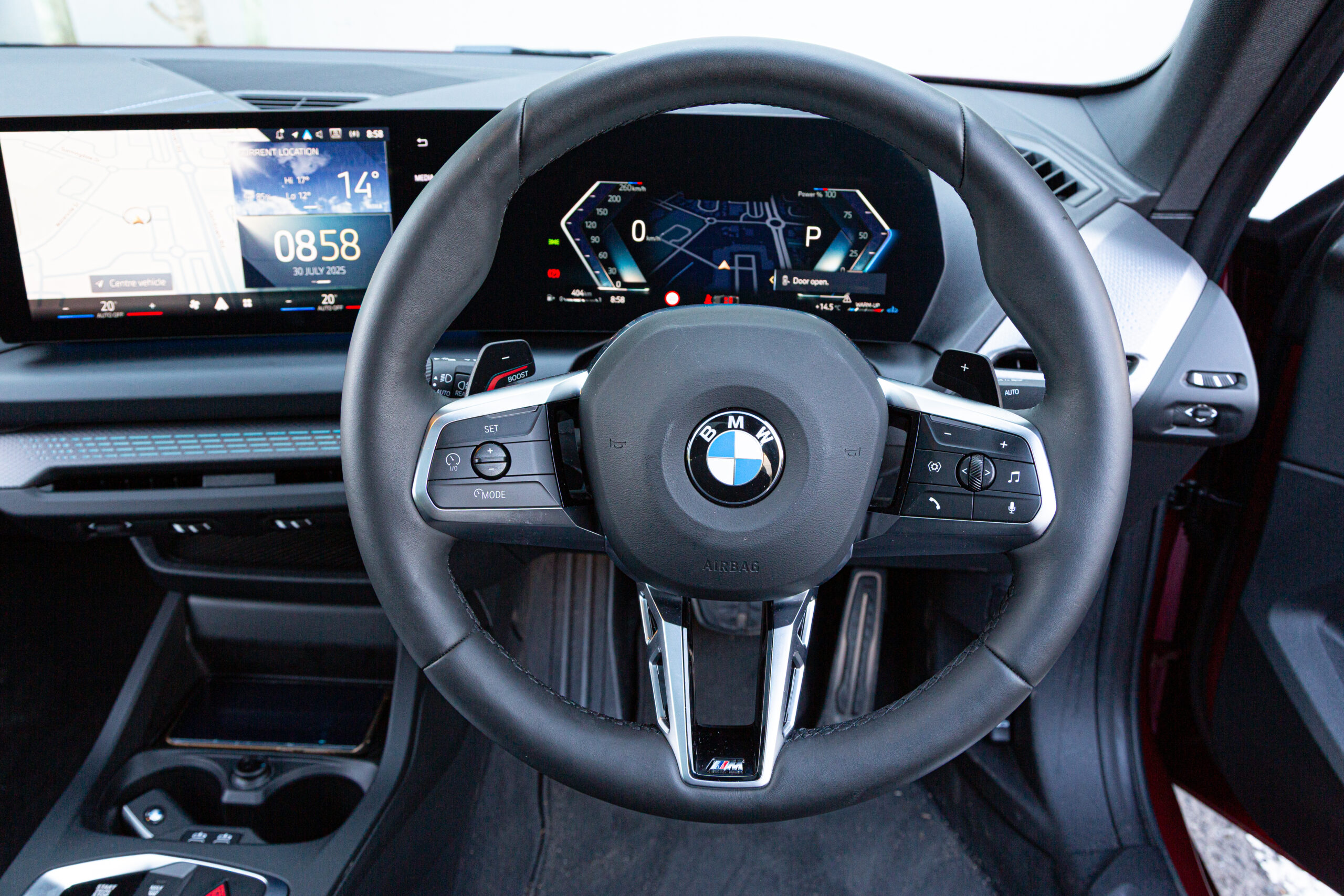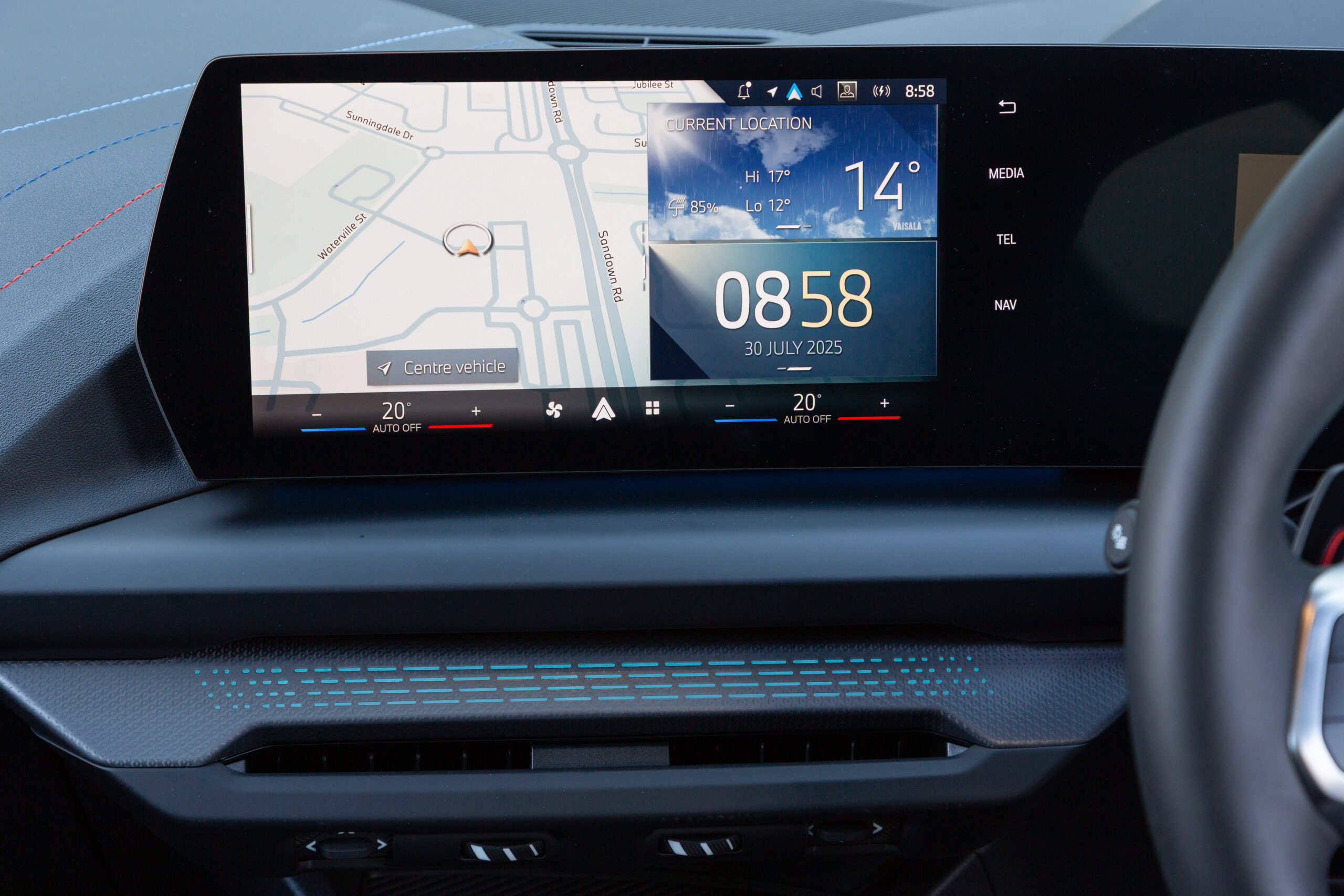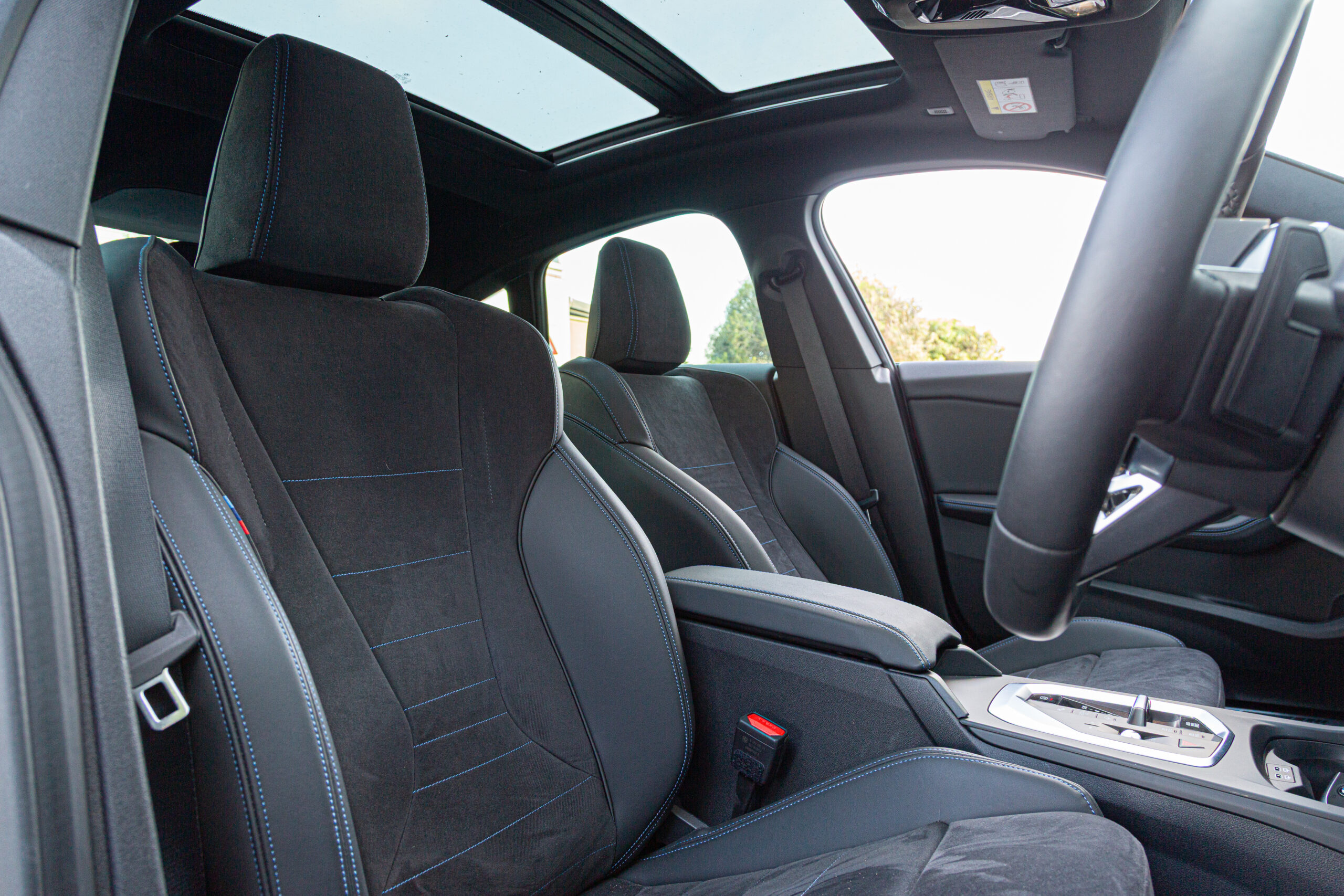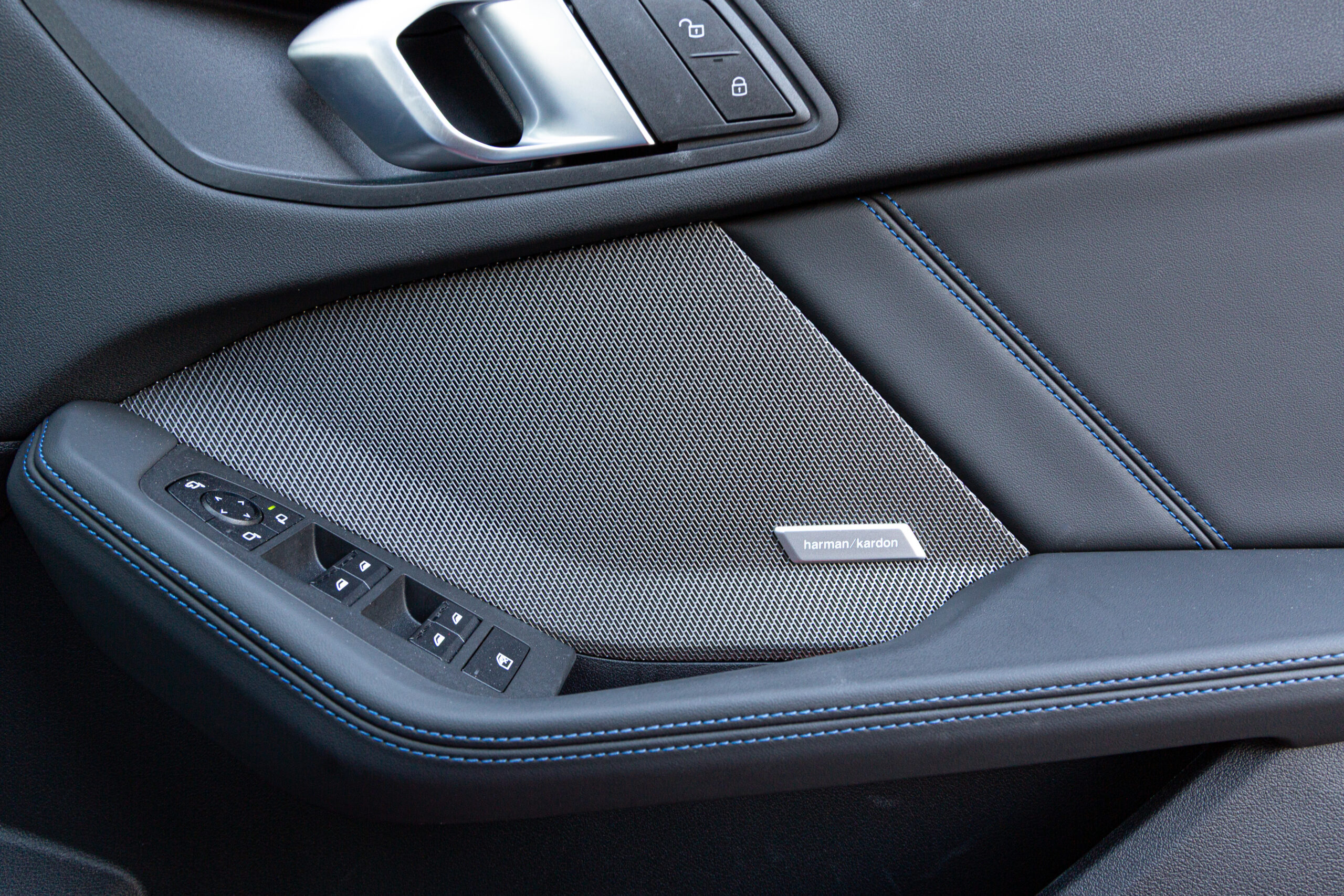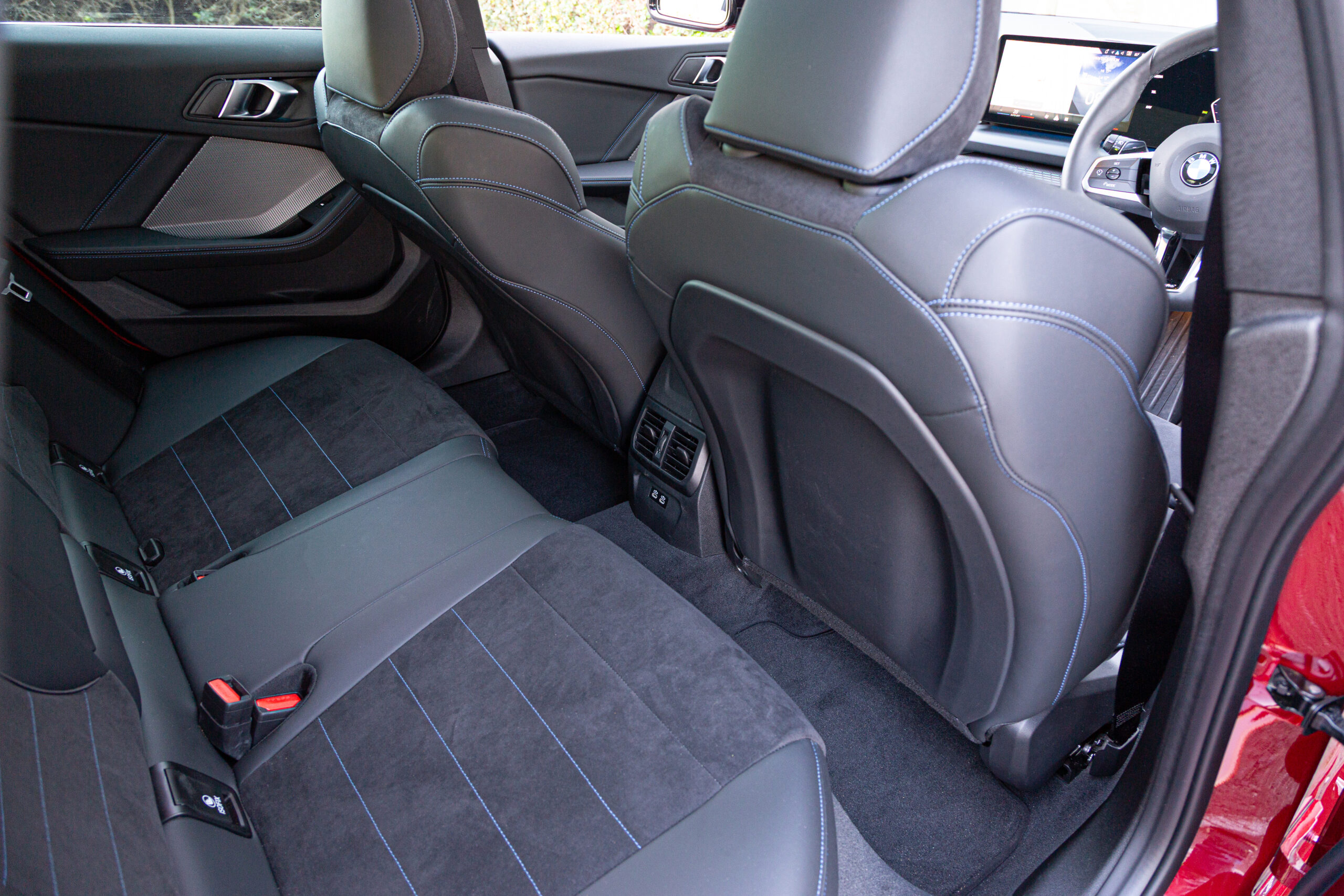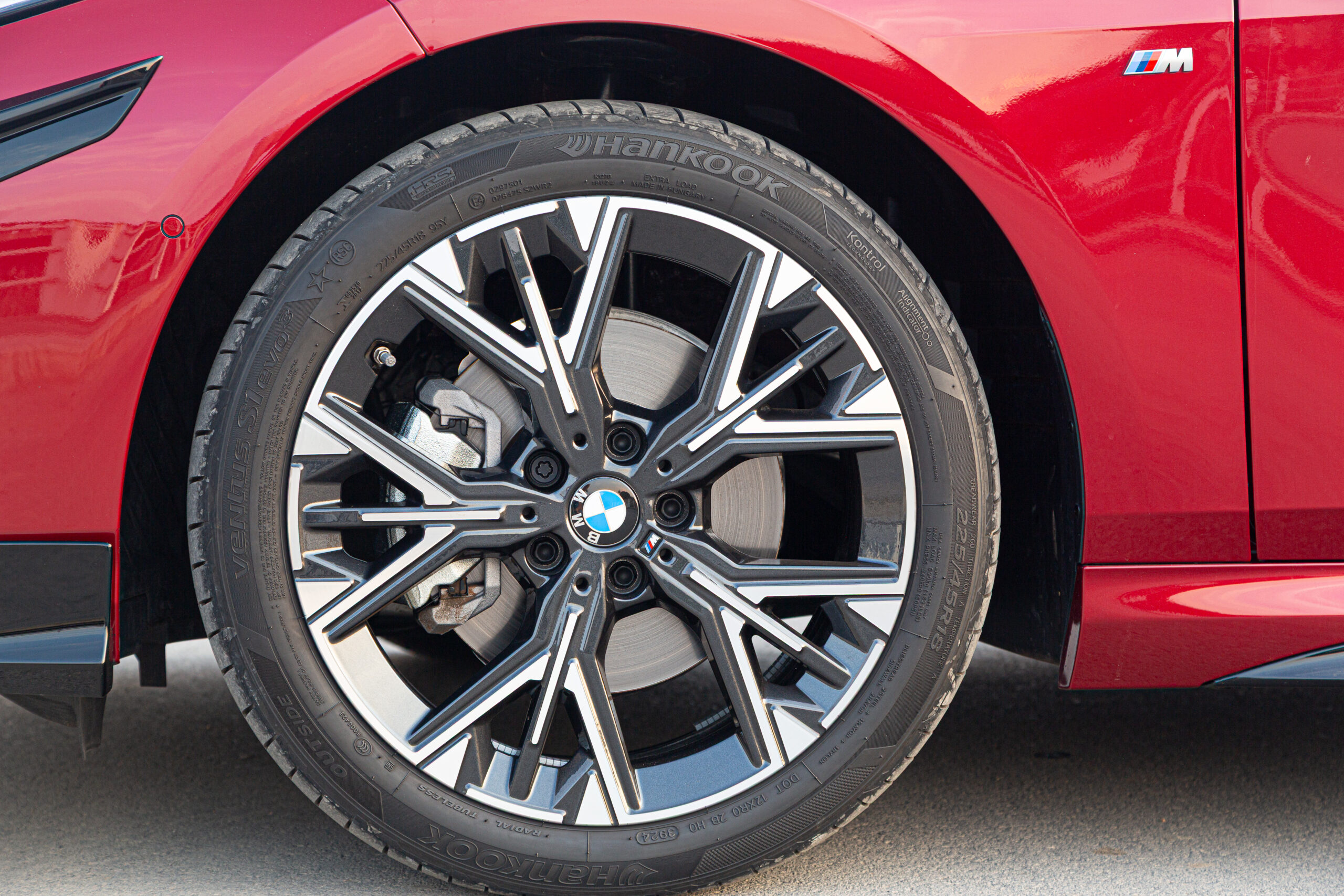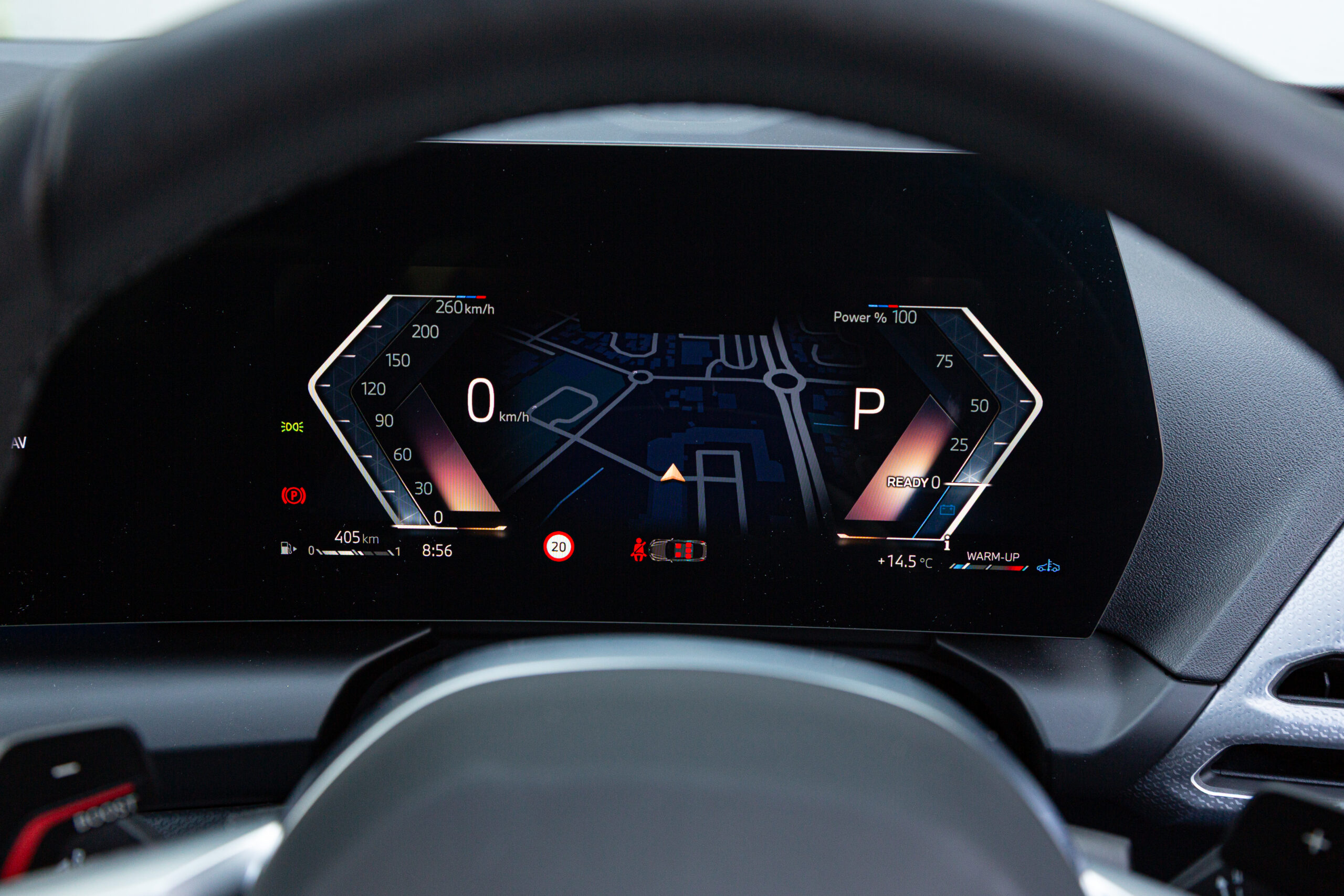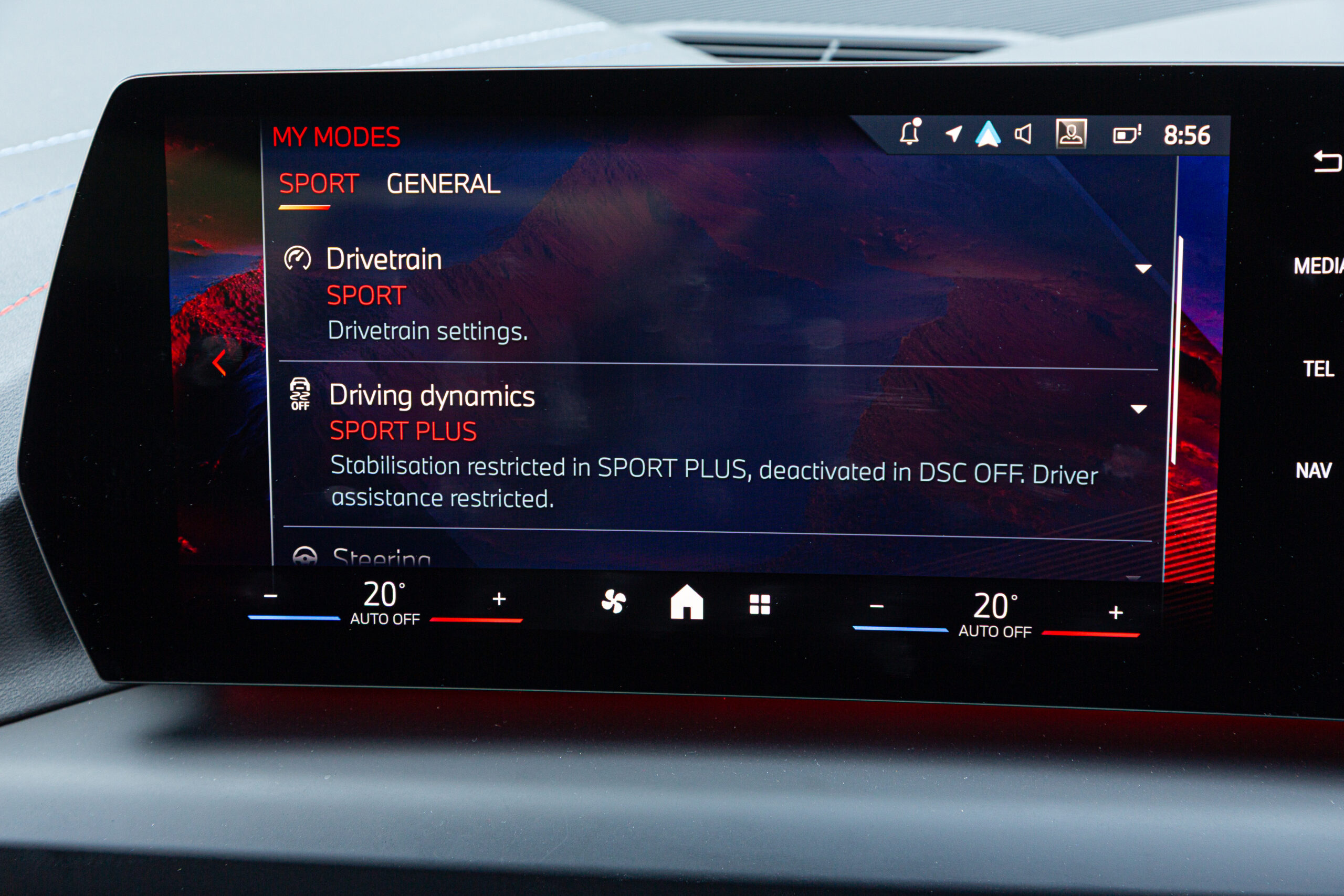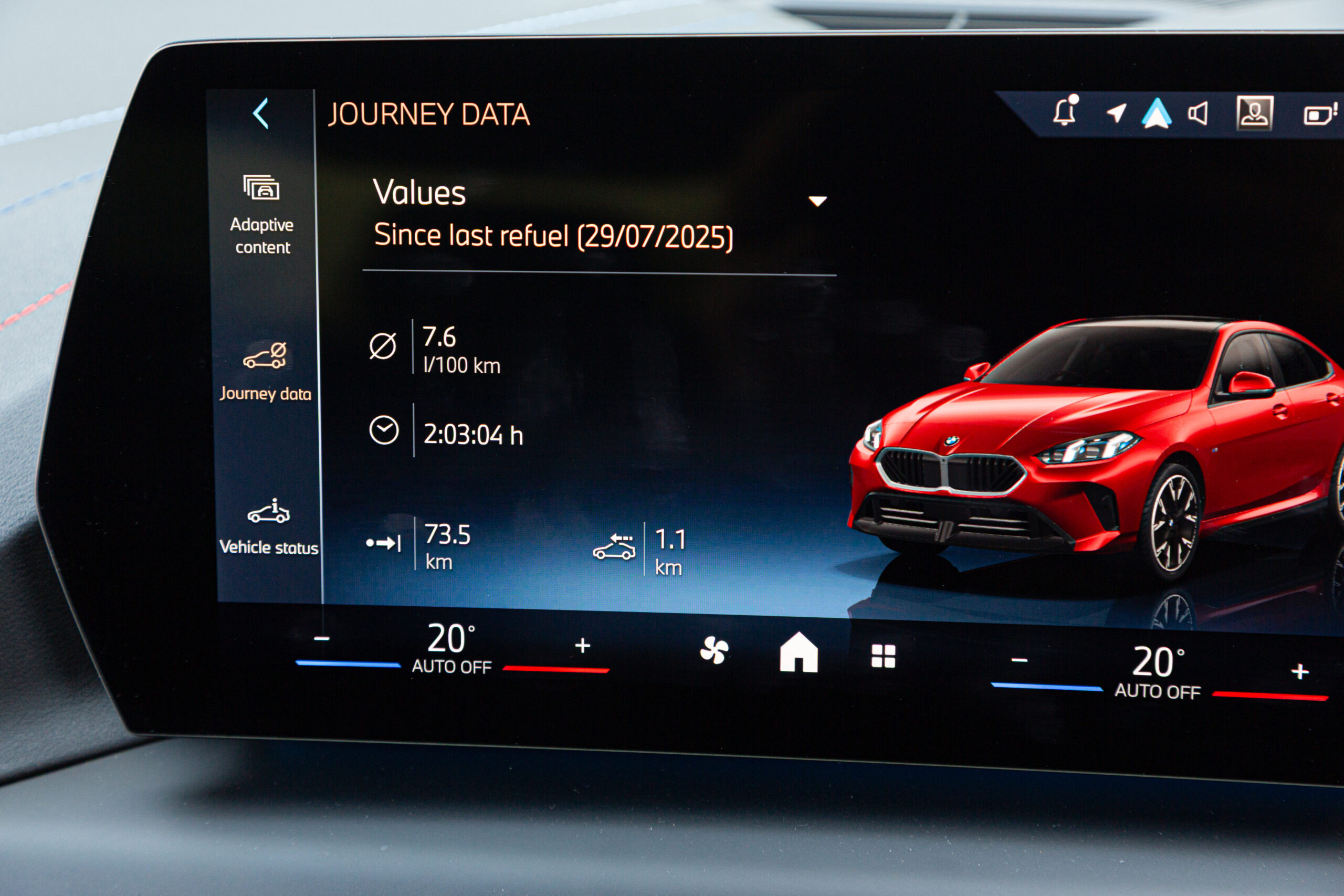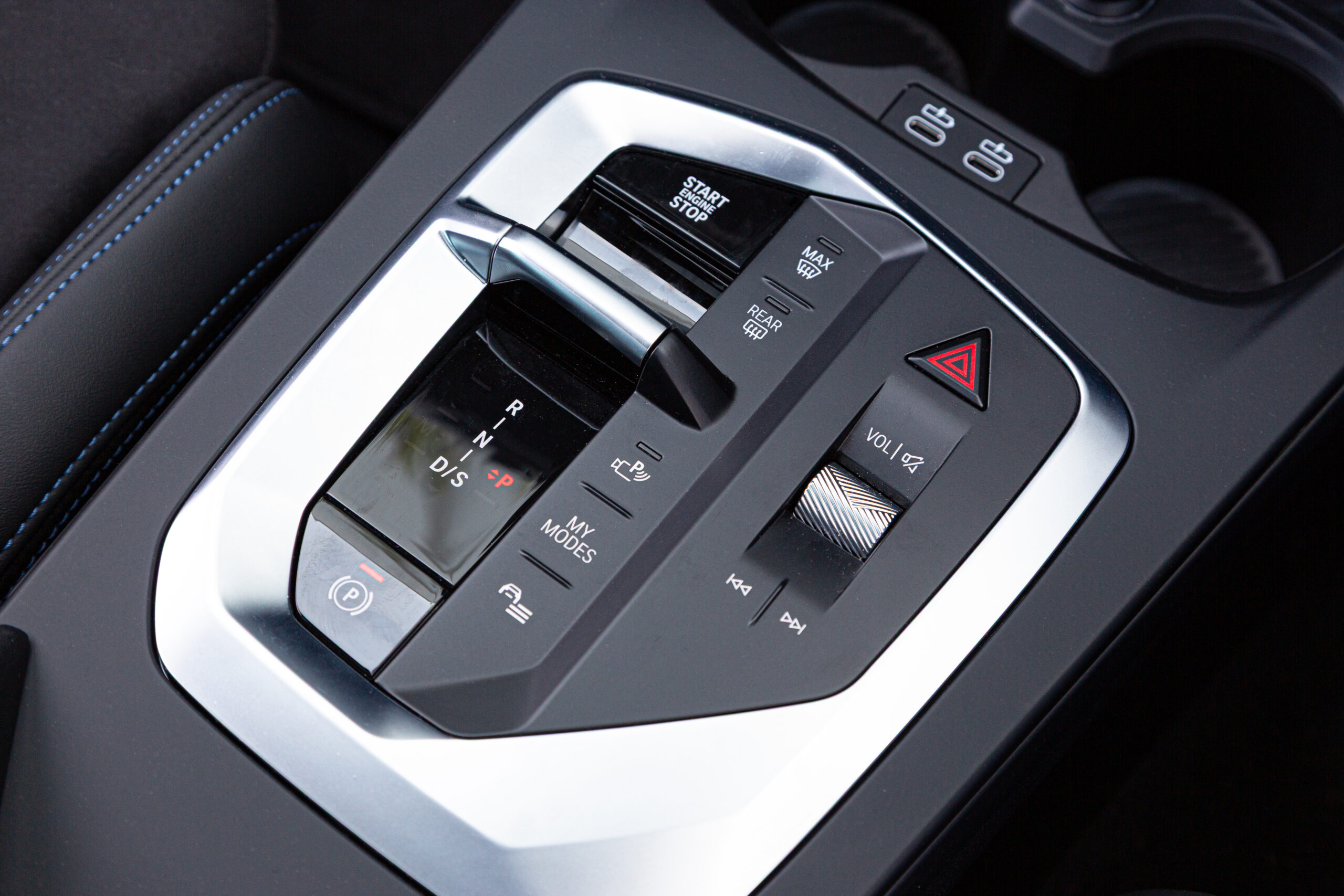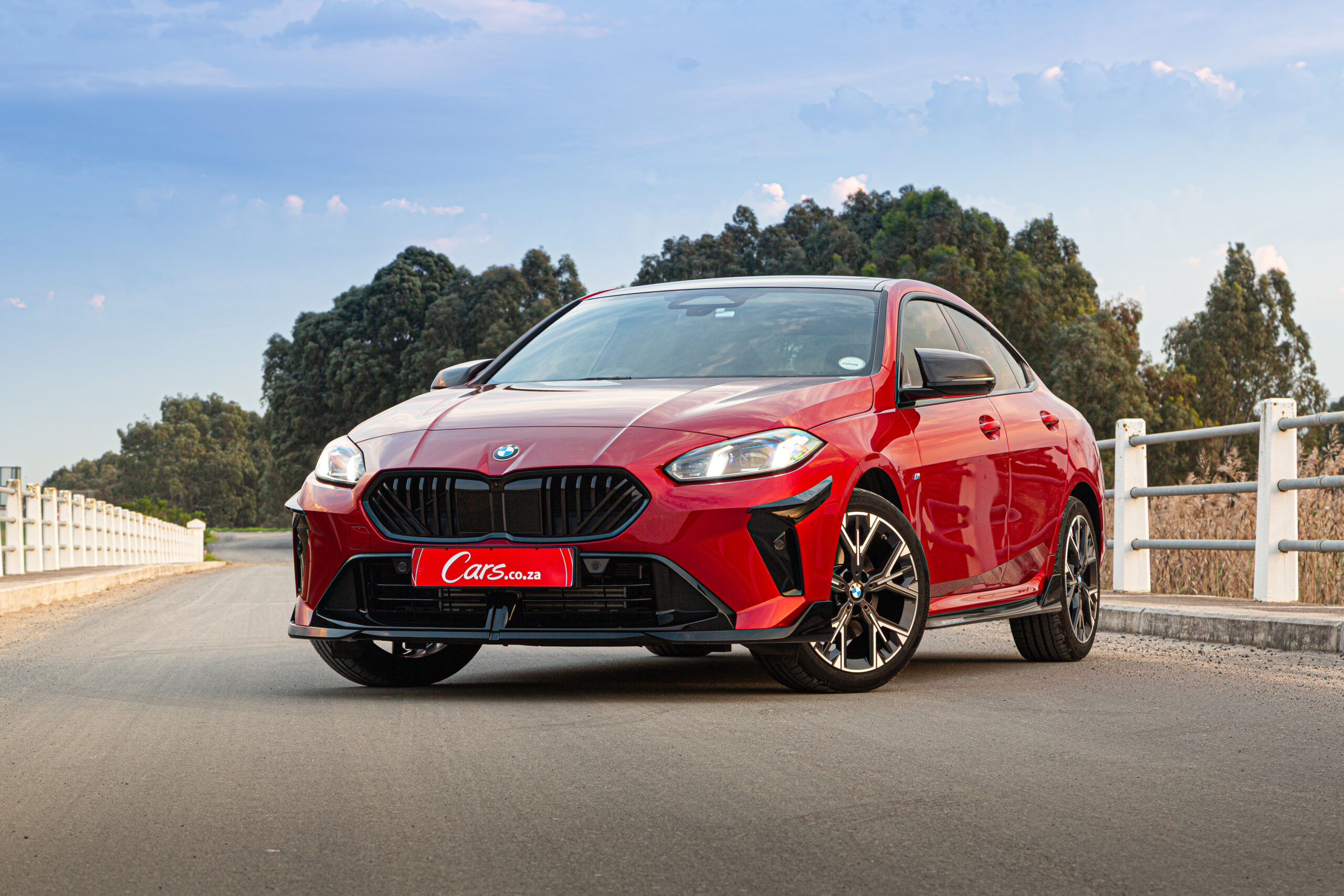Affordable Chinese alternatives to X3
The G45-gen X3 epitomises BMW’s driver-focused engineering in the executive SUV segment. But with Chinese manufacturers aggressively entering the premium space, which new models are the most compelling alternative to the Bavarian benchmark?
BMW is currently outperforming luxury SUV market expectations, despite legacy German brands being under pressure from emerging Chinese models. As the most successful German mid-sized luxury SUV in South Africa, the X3 is a class standard.
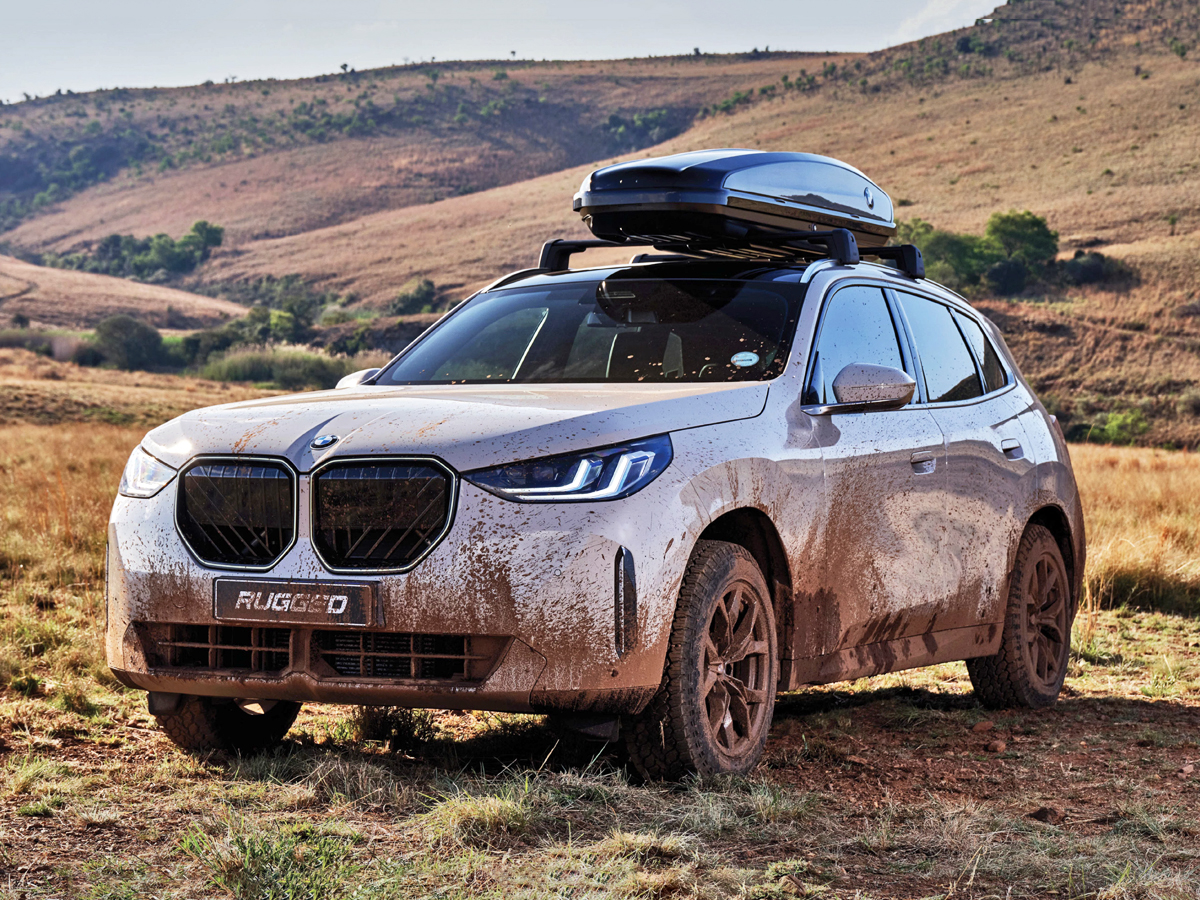
What makes X3 different
X3 also offers a diverse selection of powertrains, from turbocharged petrol and diesel, to plug-in hybrid (PHEV). Crucially, all those different powertrains are available on the same X3 platform. This is a very different strategy from BMW’s legacy German rivals, such as Audi and Mercedes-Benz, which have developed specialist platforms for internal combustion and electric vehicles.
BMW has always been the engineer’s car company. And it’s the reason why its resourceful engineers managed to convince finance people that overinvesting in fewer vehicle platforms that could accommodate all the different powertrain types would create better vehicles and a better driving experience. As opposed to diluting engineering resources across more platforms for each vehicle size to create separate petrol/diesel and PHEV/BEV models.
What BMW has are several diesel engine options, which have become increasingly rare in the segment. And for many South African luxury SUV buyers who travel long distances, a BMW turbodiesel engine still has considerable merit. Combining strong highway overtaking performance, excellent cruising speed fuel economy and the ability to take the best gravel travel detours.
Like the 3 Series, which it shares most of its core mechanical structure with, the X3 has that steering balance, suspension set-up, and great high-speed balance and confidence that BMWs are celebrated for.
The BMW approach appears to be winning and proves, yet again, that it remains the company that knows what customers who value the driving experience really want. But what about all those Chinese X3 alternatives that have entered the local market over the last year?
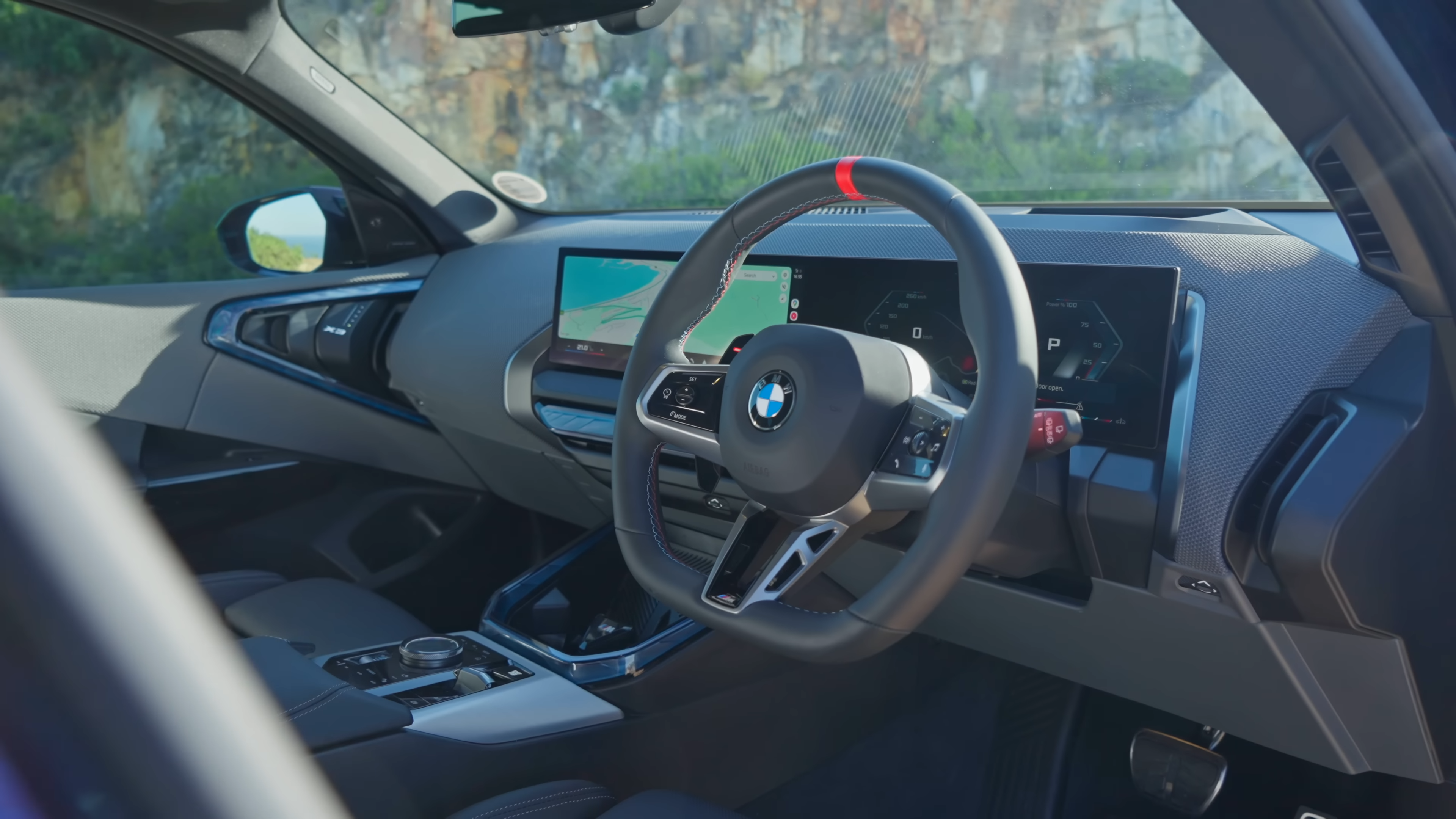
Chinese alternatives to X3
The lucrative mid- to large-sized SUV has huge profit potential. And Chinese car companies aren’t ignoring the possibilities.
There are several new Chinese SUVs on the South African market, offering an interesting alternative to BMW’s X3. For buyers who are PHEV-curious, the Chinese models offer better battery technology and PHEV powertrains than BMW. With more power and sophistication.
We’ve evaluated price, spec, power, and space. To highlight whether some Chinese X3 rivals offer an alternative for South African buyers looking beyond BMW for their next mid-sized luxury SUV.
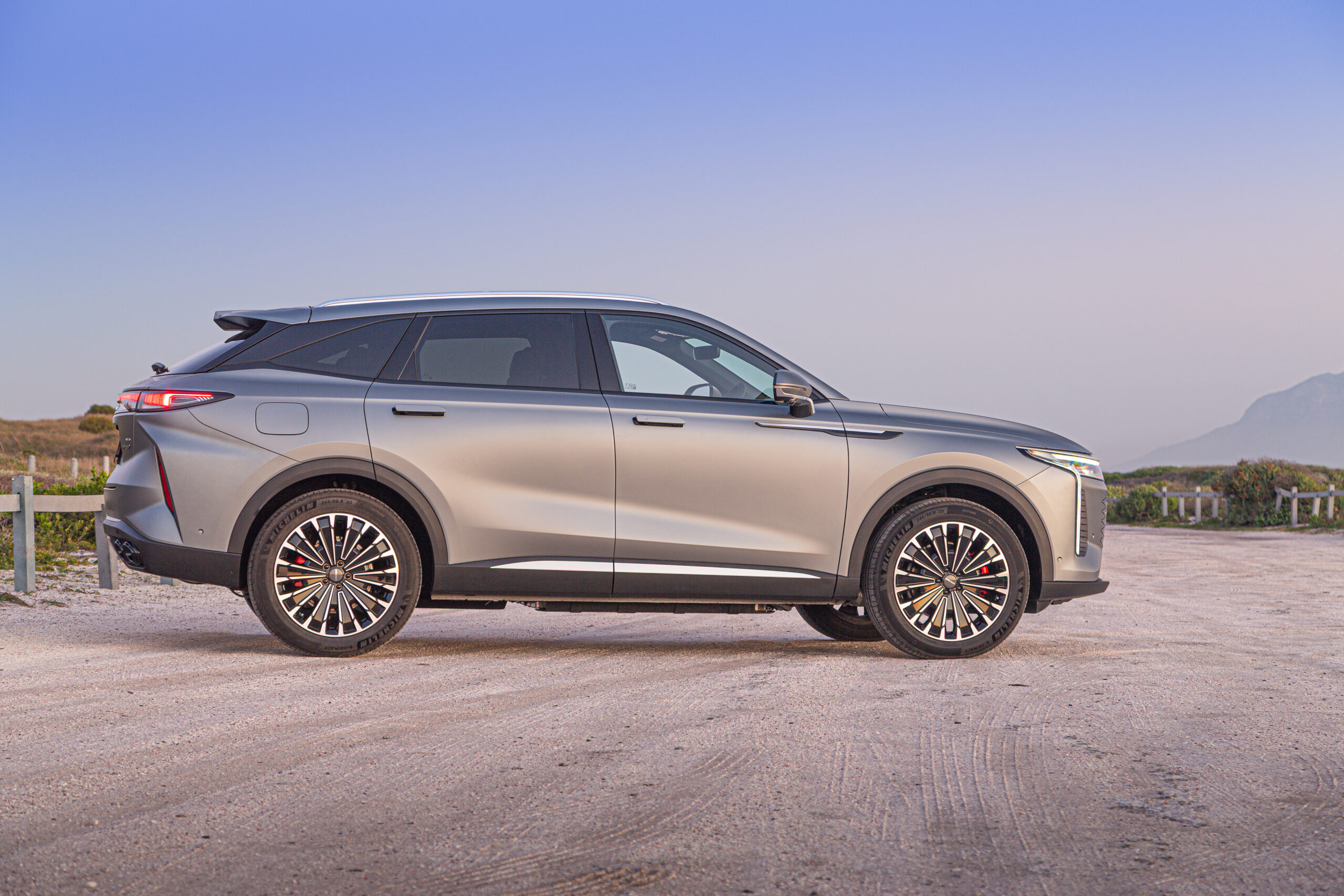
Omoda C9
The newest model to join Chery’s premium sub-brand in South Africa. With two powertrain options, both of which offer a lot of power.
The C9 1.5T PHEV is twice as powerful as BMW’s X3 PHEV. Rated at 440 kW and 915 Nm, the C8 1.5T PHEV has legitimate high-performance acceleration credentials (0-100km in 4.9 sec). And that performance also gives it unmatched overtaking acceleration at highway speeds. Light on fuel too, running 1.5l/100km with a fully charged battery pack and capable of 900km real-world range.
If you aren’t into managing the recharging cycles for a C9 PHEV, the more relevant comparison is between C9 1.5T and BMW’s turbodiesels. Omoda’s non-hybrid C9 has a 192 kW version of the Chery 2-litre turbopetrol engine. But it’s not that quick. With 0-100km/h in only 8.52 seconds, and punishingly heavy fuel consumption. This is where the X3 xDrive 30d makes all the numbers that matter: 620 Nm, 0-100km/h in 5.8 seconds and 6.4l/100km fuel consumption.
C9’s cabin architecture, seat comfort, and interior finishings are easily the measure of German rivals. The value offering is tremendous, with C9s undercutting their BMW X3 rivals by at least R300 000 per model.
Omoda’s C9 has several standard features that are only options on the X3. Like a panoramic sunroof, 540-degree camera, and thermal regulating seats. And there’s only one grade of infotainment, which includes everything operating through a 12.3-inch screen, complemented by a 12.3-inch instrument cluster.
Steering feel, brake and throttle calibration are still superior on the BMW X3, as you’d expect. The German mid-sized SUV offers a more harmonised high-speed driving experience.
Want to purchase a new or used Omoda C9? Browse vehicles for sale
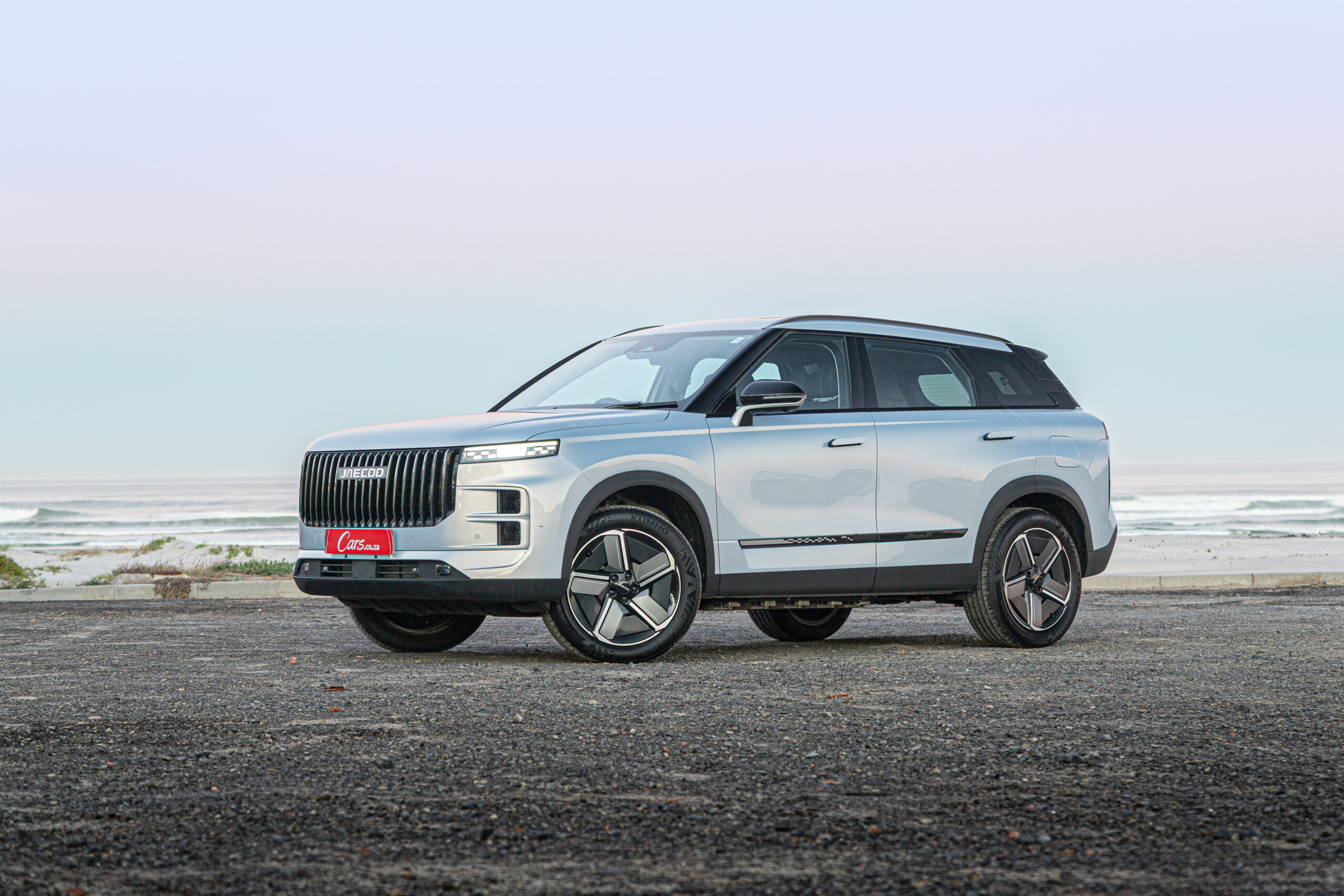
Jaecoo J7
Bargain luxury SUV from another Chery sub-brand. The J7 range is known for its enormous infotainment screens and slight tech overload, but there’s no arguing with the price-to-performance ratio and available luggage space.
The 1.6 turbopetrol trims (Vortex, Glacier, Inferno) offer decent performance, with 145 kW and 290 Nm. Although the J7’s 7-speed DCT gearboxes aren’t as smooth-shifting as the ZF 8-speed automatics in X3. BMW’s X3 xDrive 20d offers much better real-world fuel consumption than the thirsty J7 1.6 turbopetrol engine.
J7 1.5T SHS PHEV is a bargain luxury SUV with strong performance and the promise of very low fuel consumption. Chinese PHEV engineers know that big batteries don’t only mean great overtaking and acceleration, but also very low fuel consumption.
The J7 SHS’s PHEV set-up uses an 18.3 kWh battery (nearly the size of the X3 PHEV’s), with a total system output of 255 kW and 525 Nm. Real-world acceleration isn’t amazing, with a 0-100km/h time of only 8.2 seconds, but the economy numbers are terrific. A fully charged and fuelled J7 SHS PHEV uses only 1l/100km, rising to 4.7l/100km.
Despite its boxy shape, J7 has less luggage space than X3. And the overall dynamic driving experience, regarding steering, brake, and throttle responses, aren’t in the X3 league. Especially when you are cruising at high speed, or navigating a windy, challenging mountain road.
The J7 SHS offers incredible spec for the price. It undercuts an equivalent X3 30e xDrive by nearly R500 000 and comes with a standard panoramic sunroof, an 8-speaker Sony premium sound system, thermal-regulating seats, and a 14.8-inch infotainment screen. Which are all options on the X3.
Want to purchase a new or used Jaecoo J7? Browse vehicles for sale
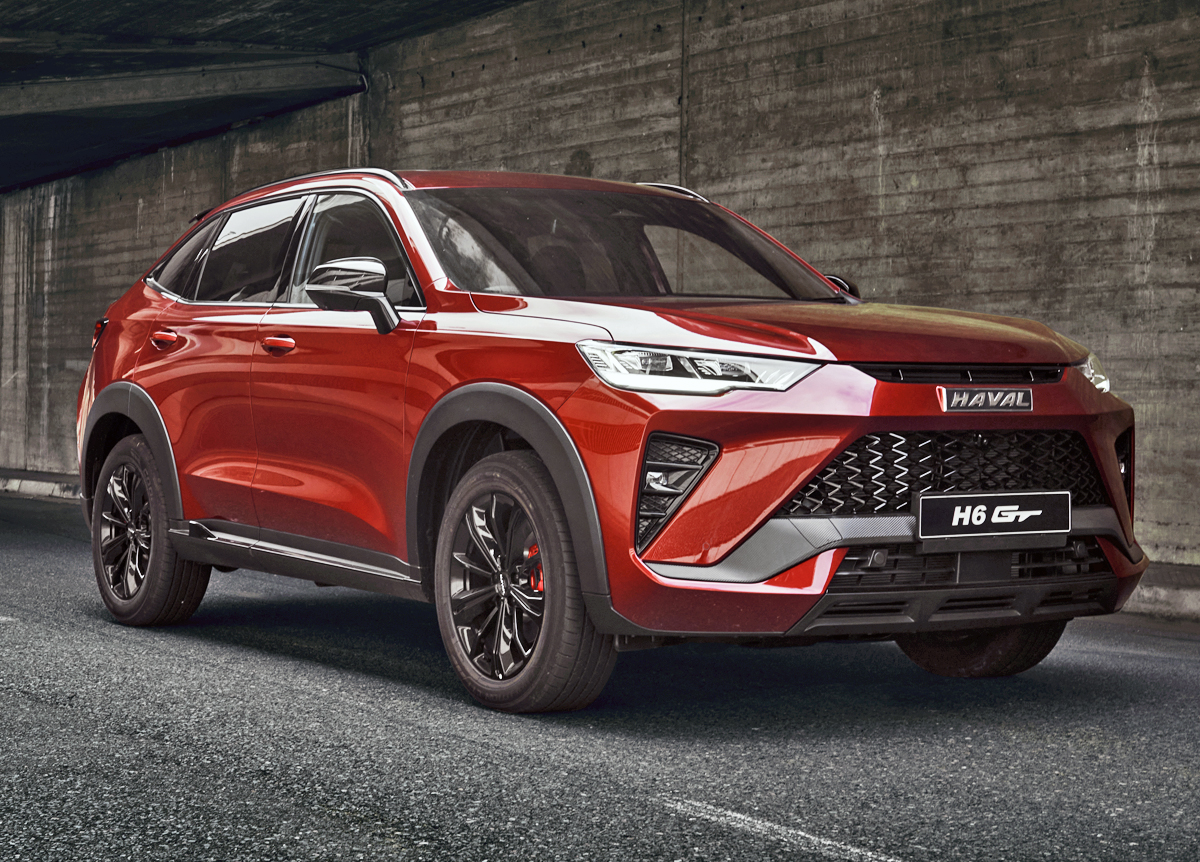
Haval H6 GT
With a sloping roofline and an angled tailgate section, this is more of an X4 alternative, but for the price and technology on offer, this is a real X3 PHEV rival if you are in the market for a plug-in hybrid SUV. And it has a much bigger battery pack, which makes it more powerful, faster, but also more economical than teh X3 30e.
The Haval proves just how advanced Chinese car companies are with battery power and drivetrain tech. It’s hybrid system has total system outputs of 321 kW and 762 Nm. Those numbers give H6 GT legitimate supercar-like acceleration and a lot more overtaking performance than an X3 PHEV.
BMW’s most advanced powertrain version of the X3 only has 220 kW and 450 Nm. And when you compare economy, the H6’s larger battery makes it more efficient too. The Haval has a 35.4 kWh battery pack, the X3 PHEV only 17.9 kWh. That means the Chinese PHEV has a real-world petrol-electric range of nearly 1000km, while the BMW’s total range is around 800km.
You pay twice the price for the X3 PHEV, too, and the H6 GT PHEV standard equipment list includes.
But the BMW has much better luggage capacity, at 460 litres, compared to the H6 GT PHEV’s 392 litres.
Want to purchase a new or used Haval H6? Browse vehicles for sale






